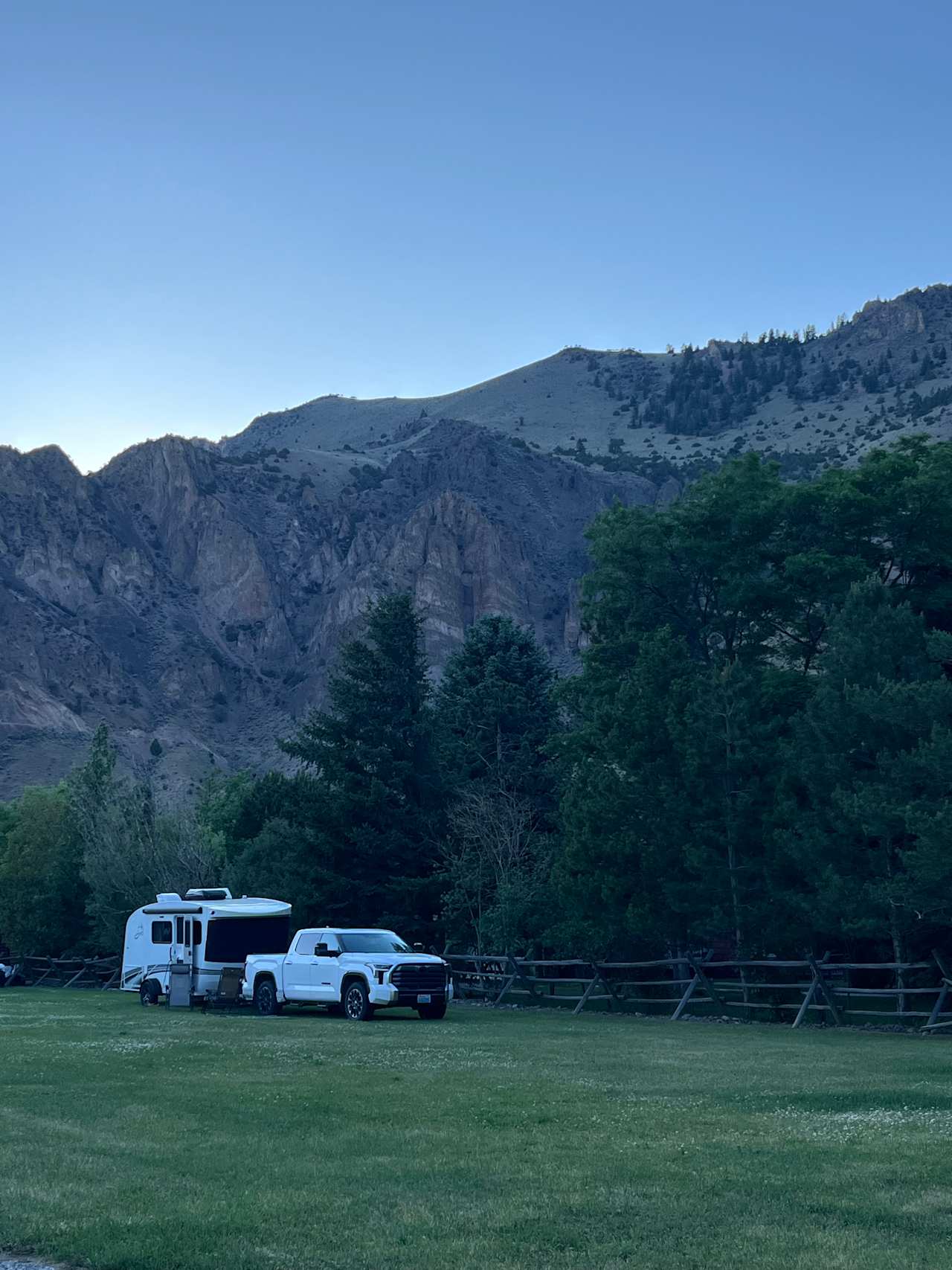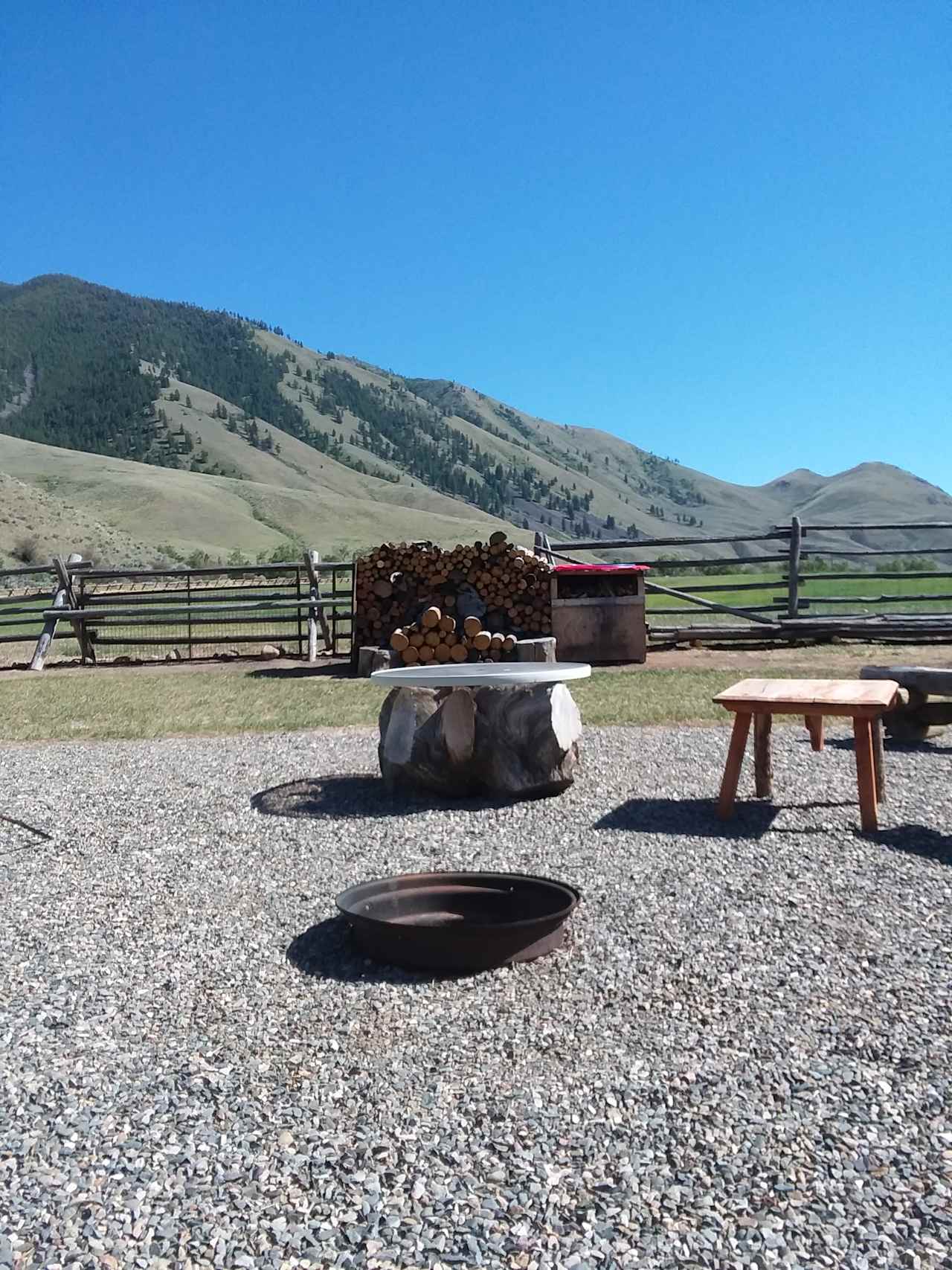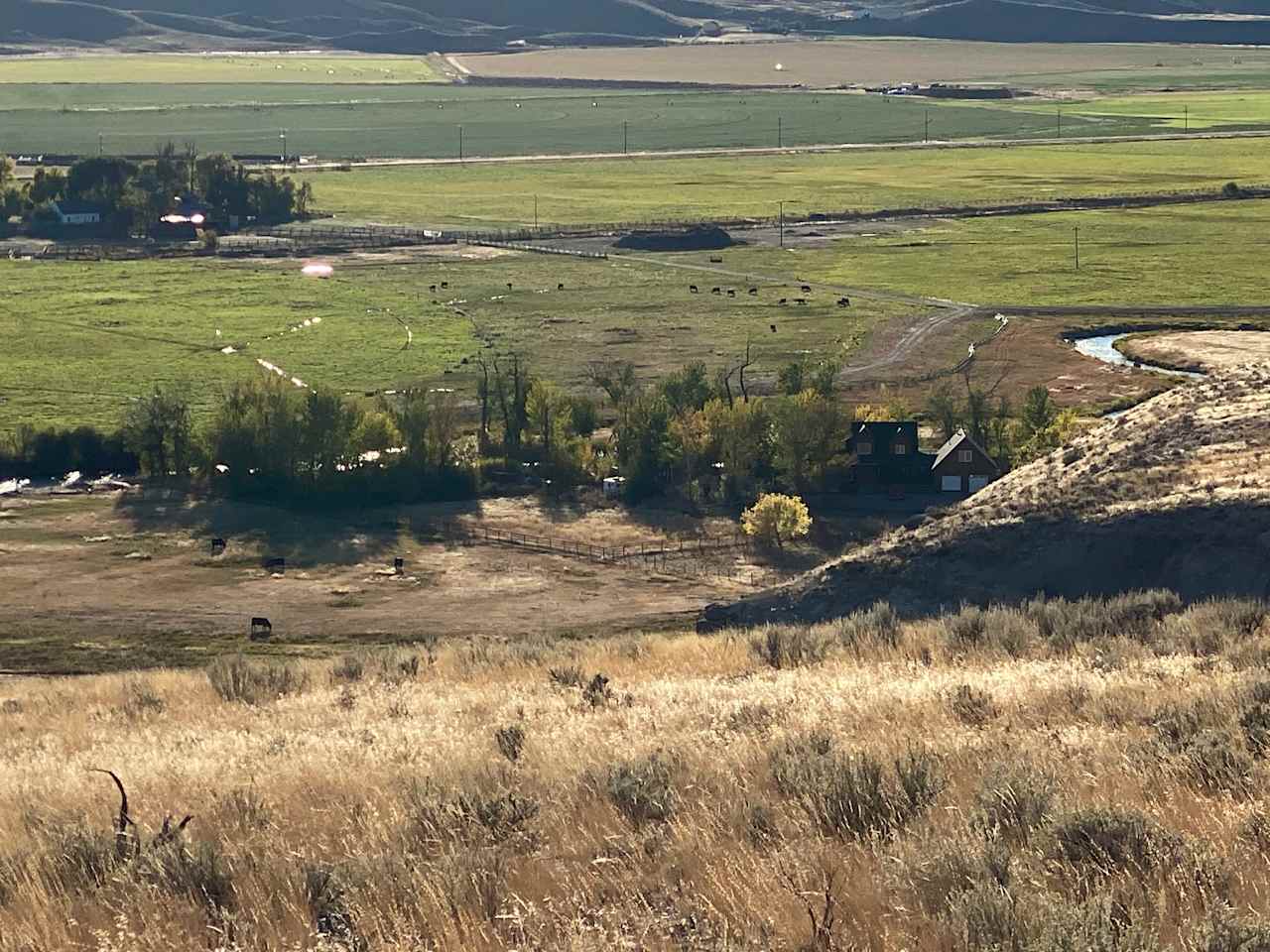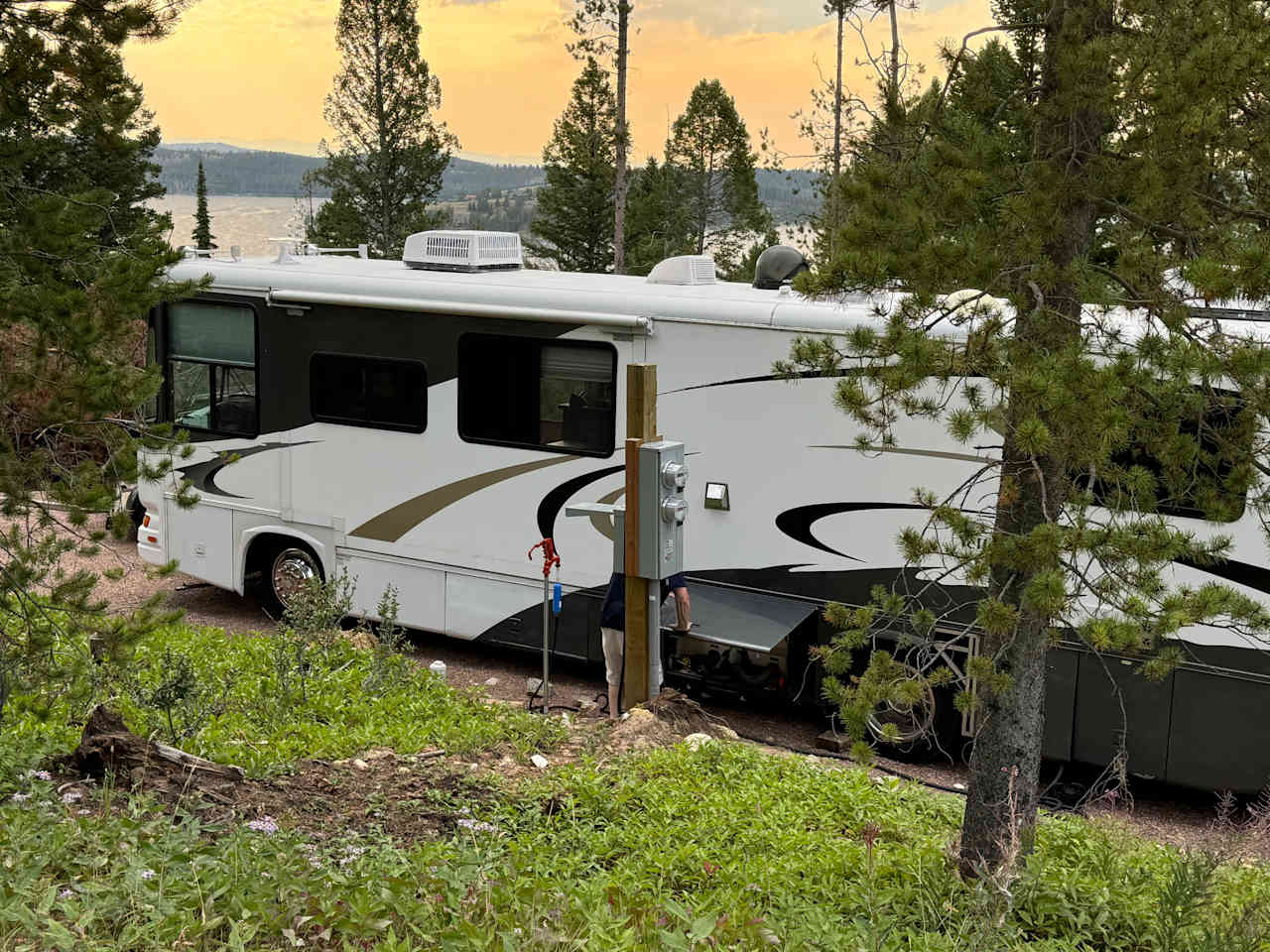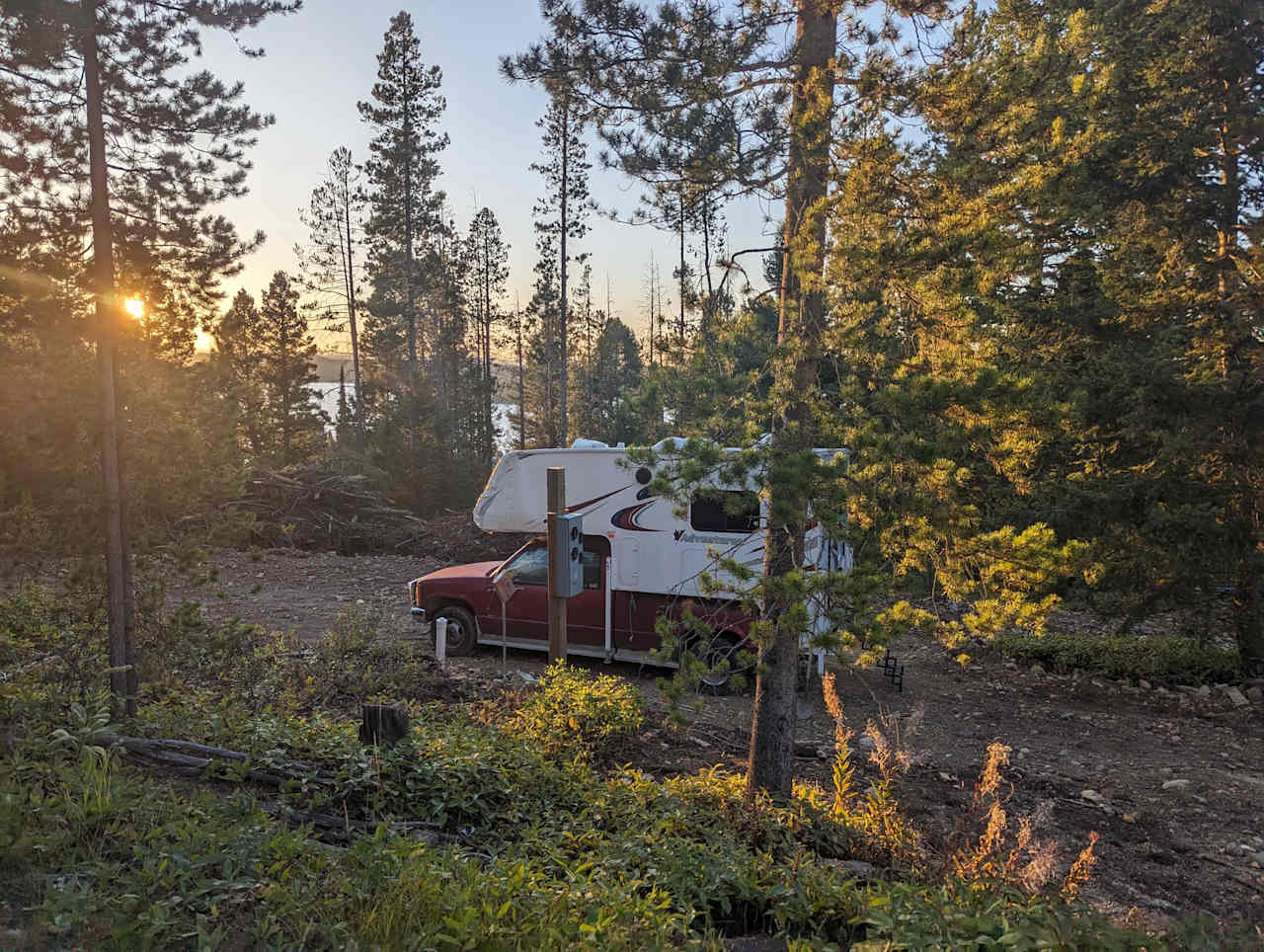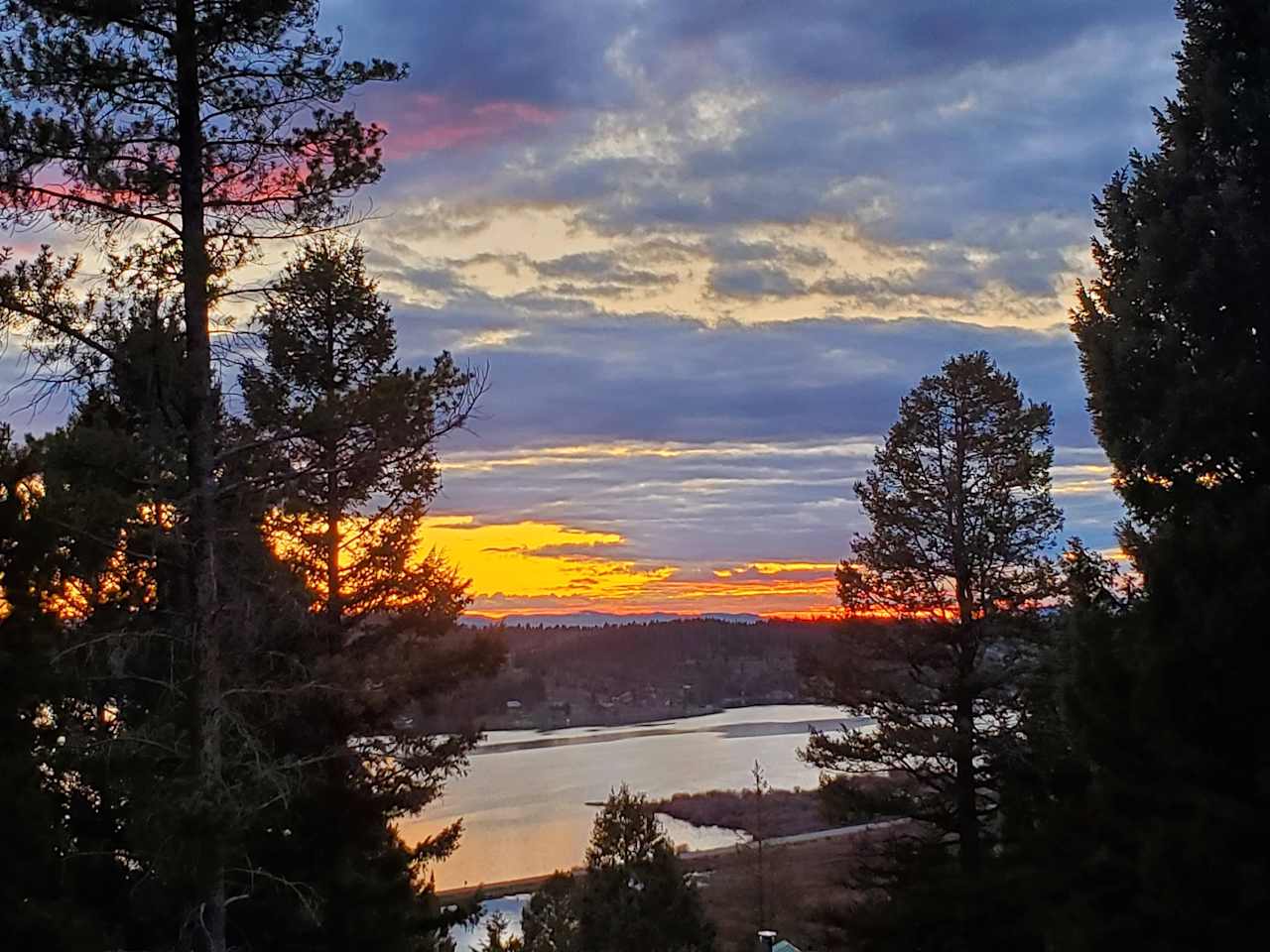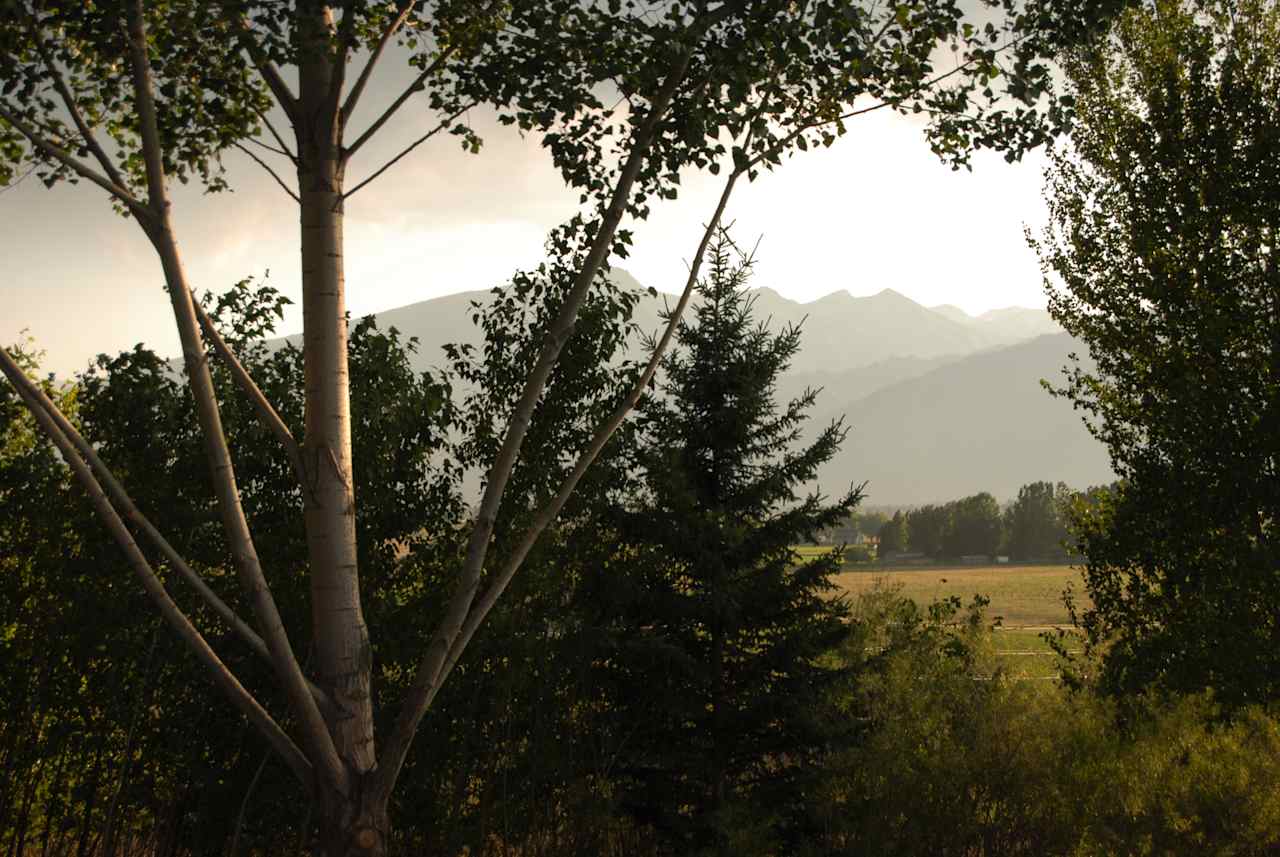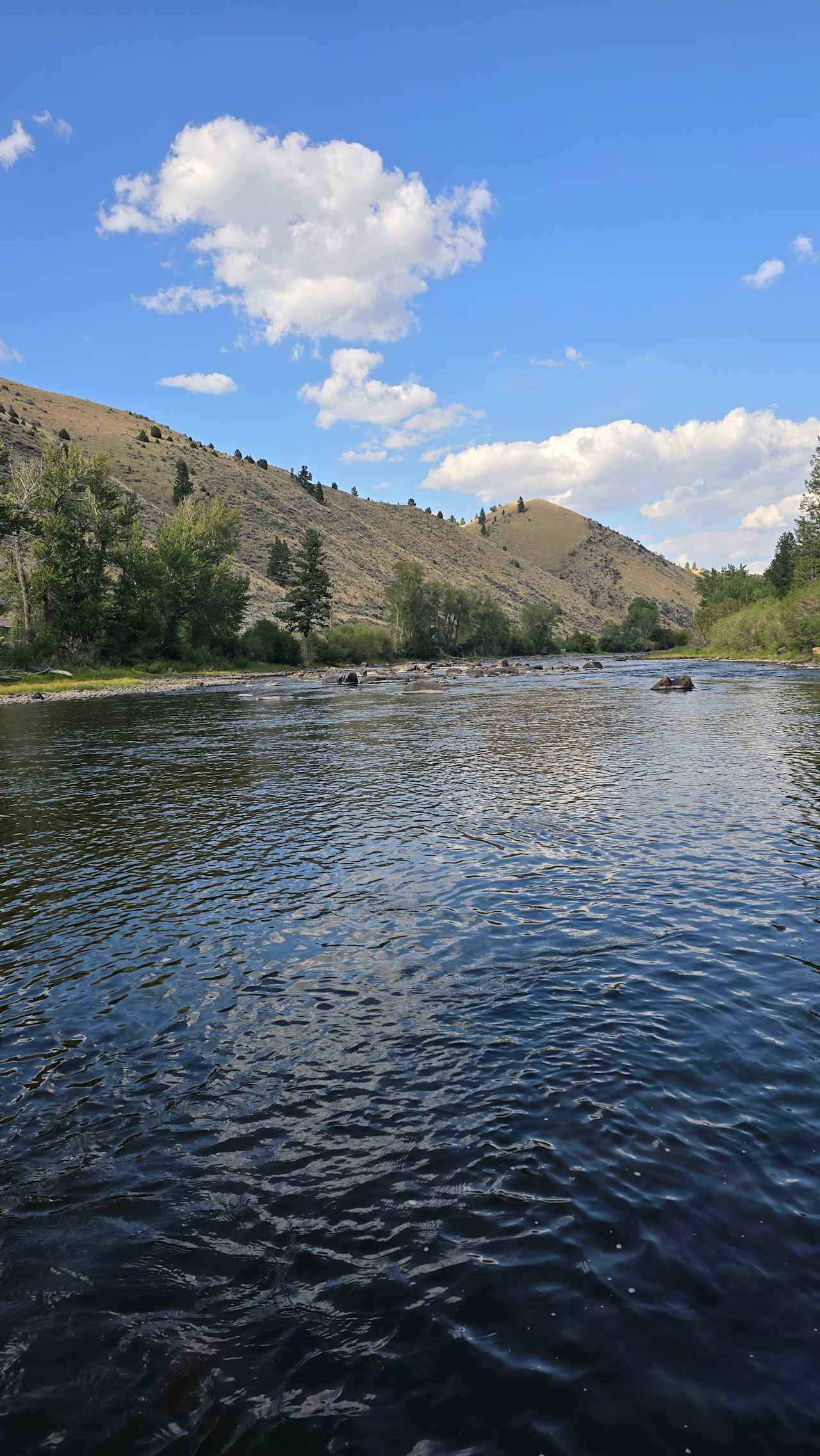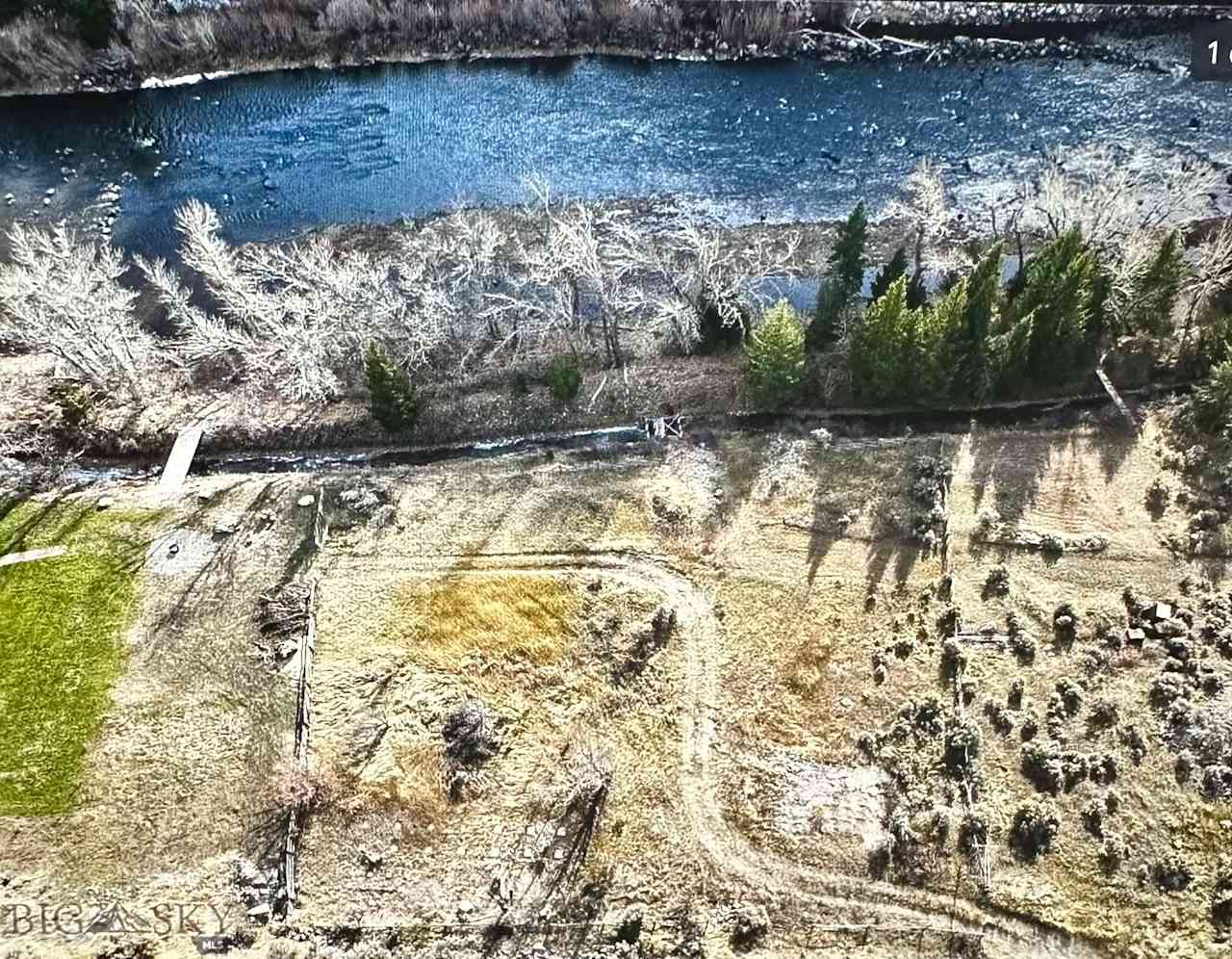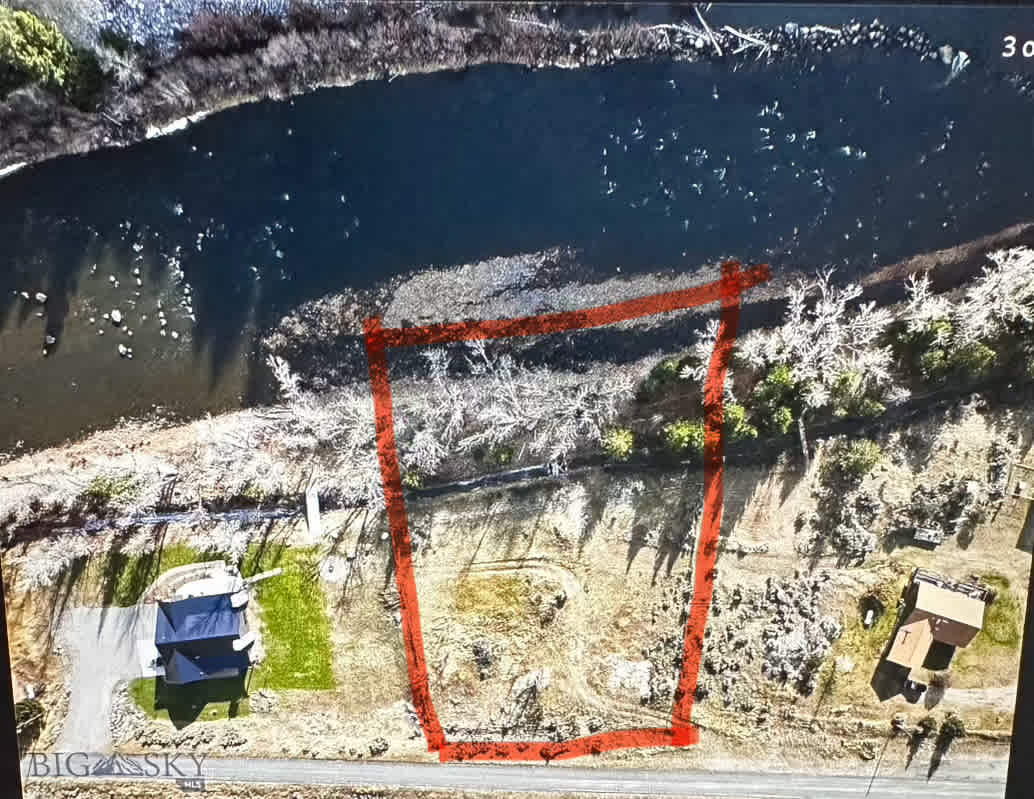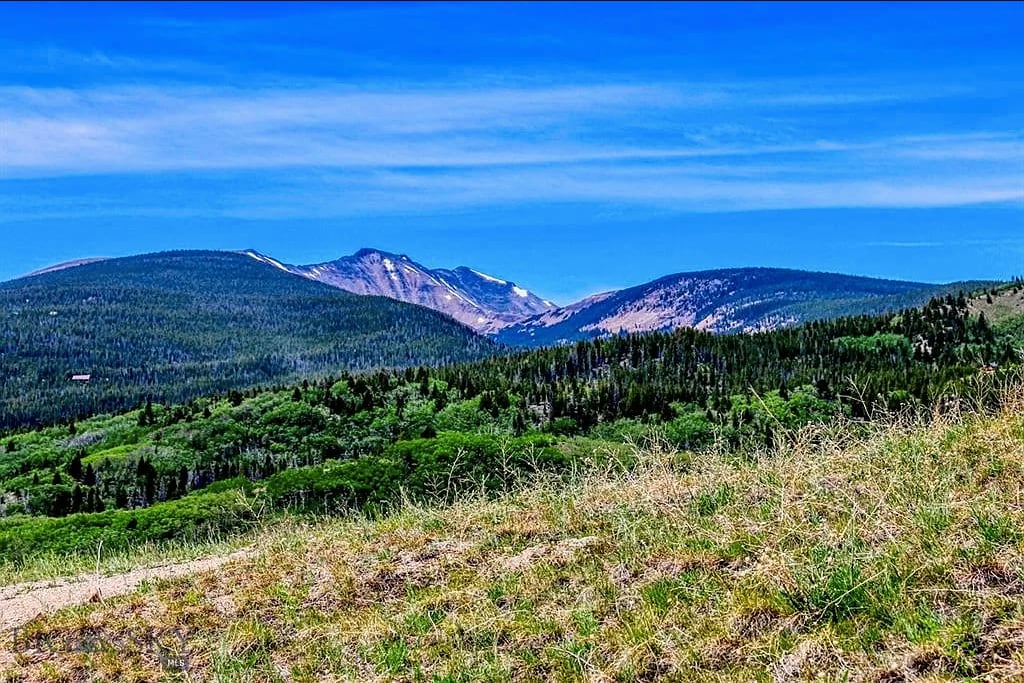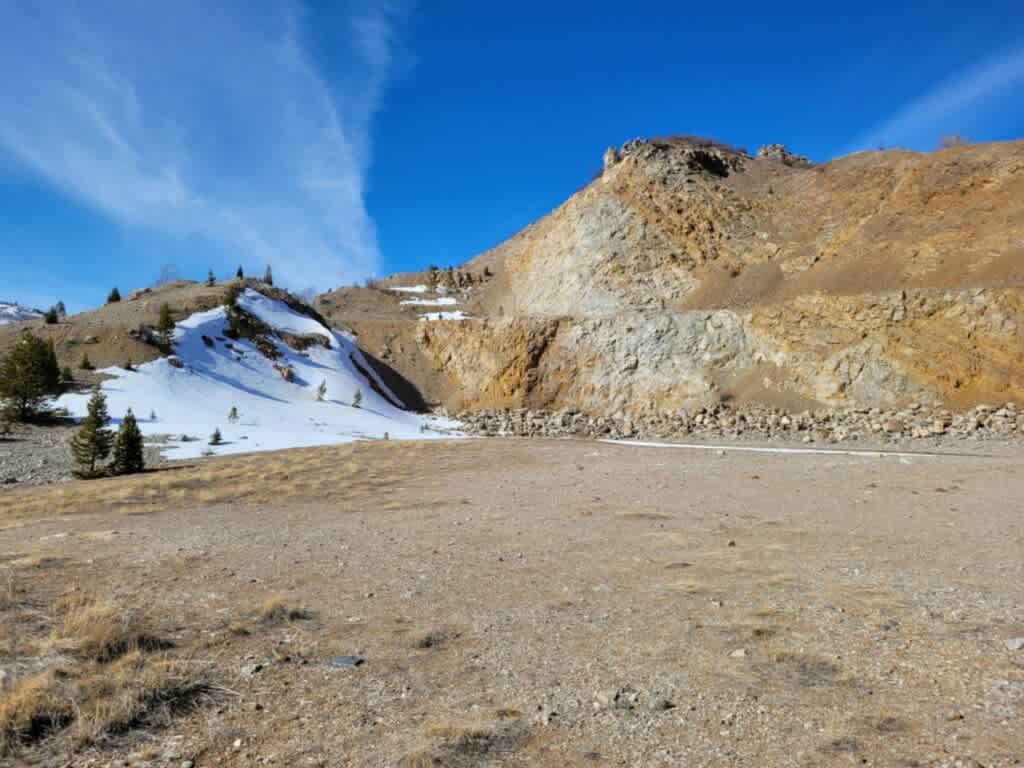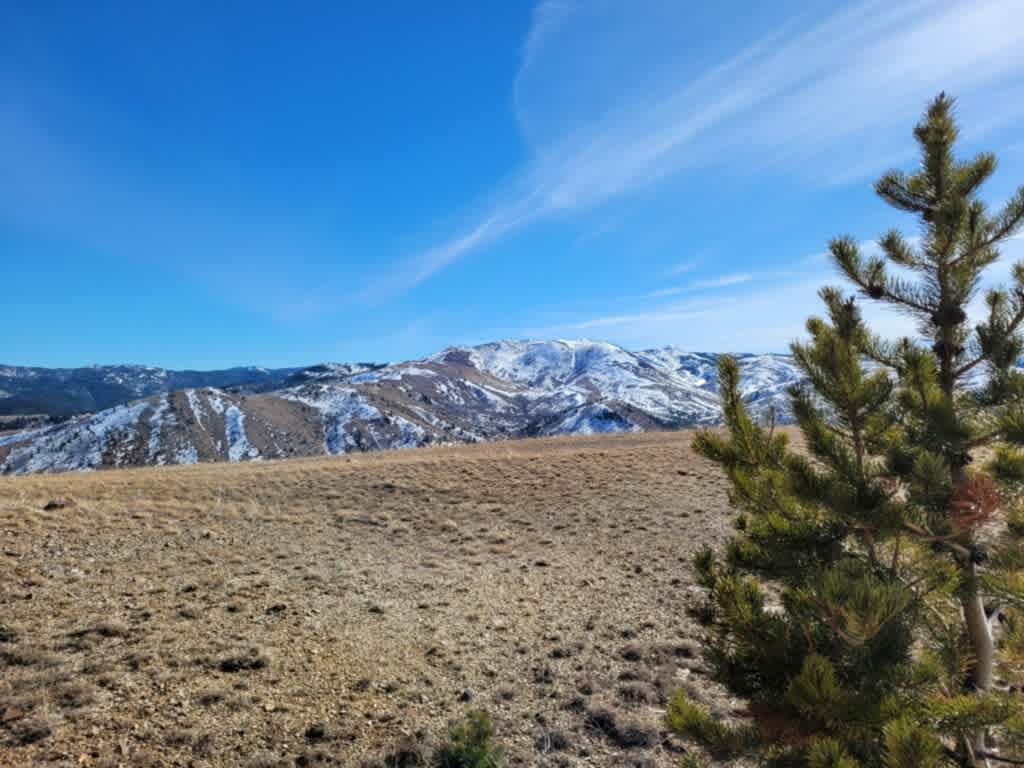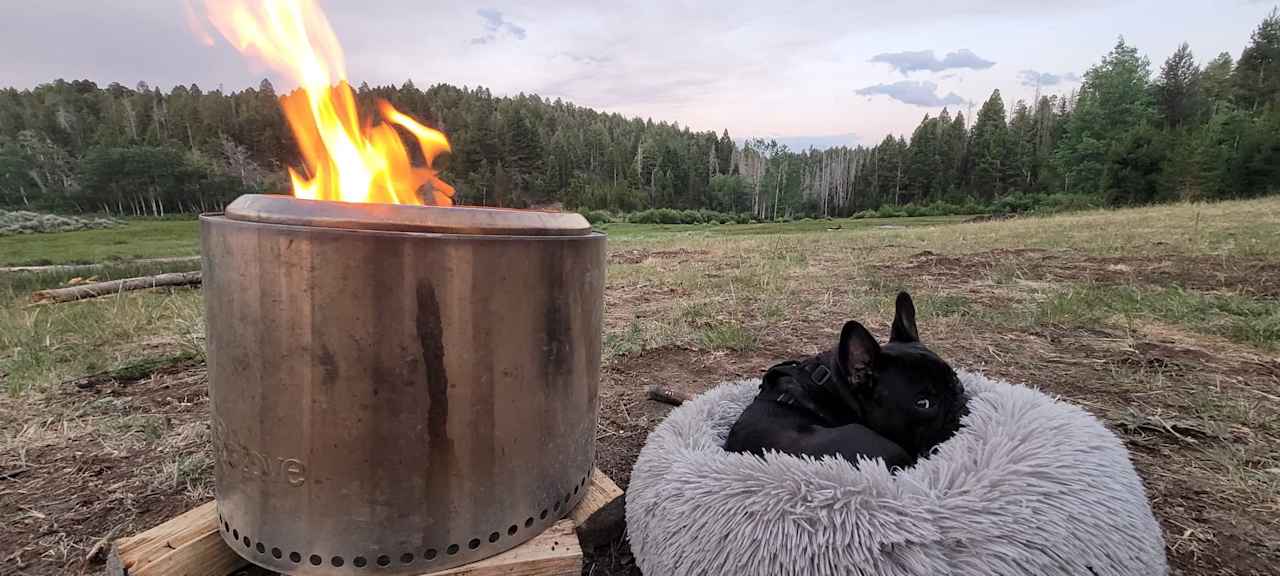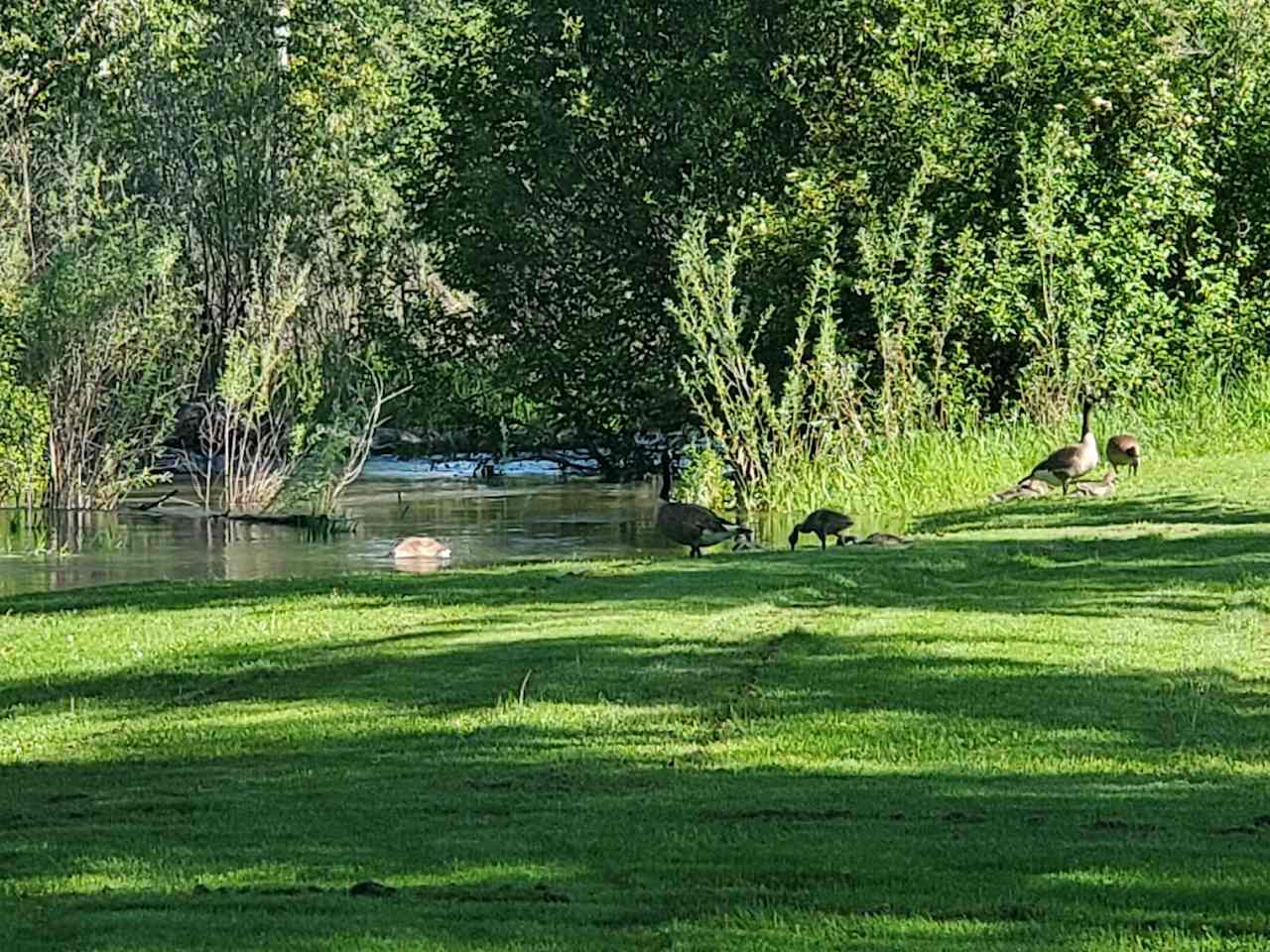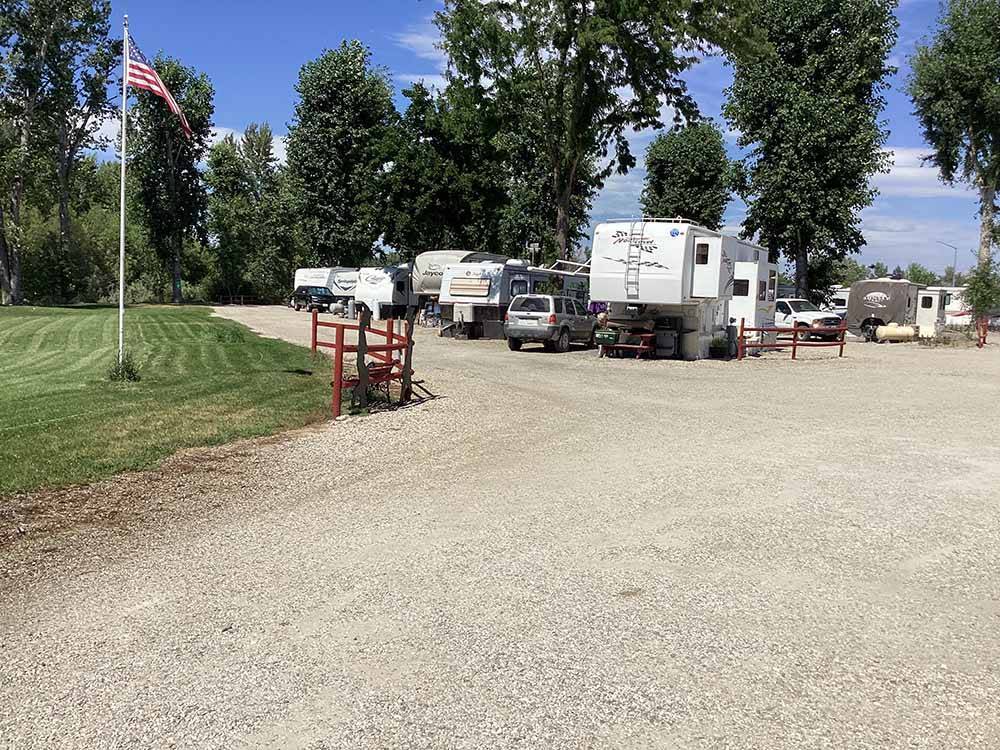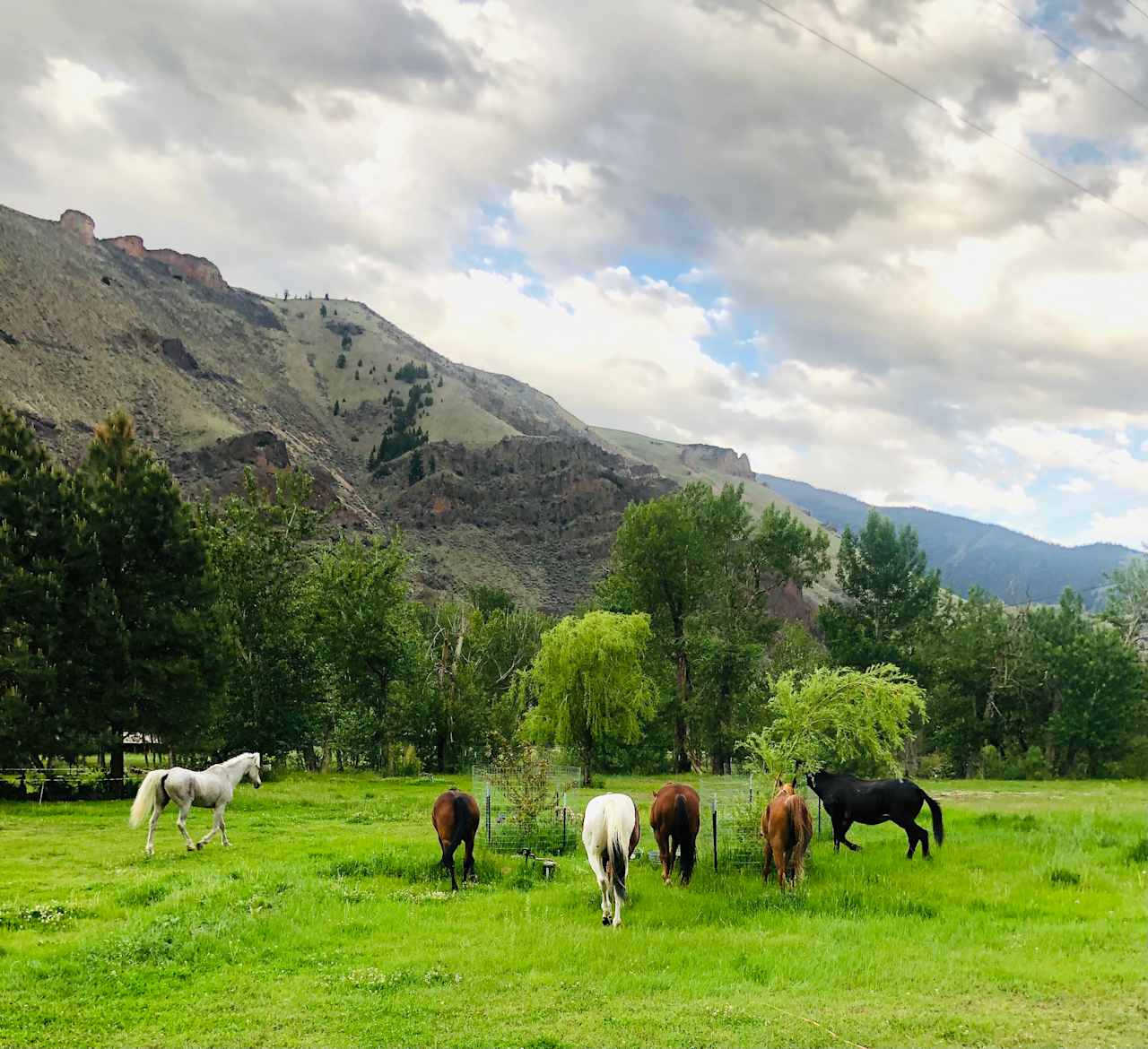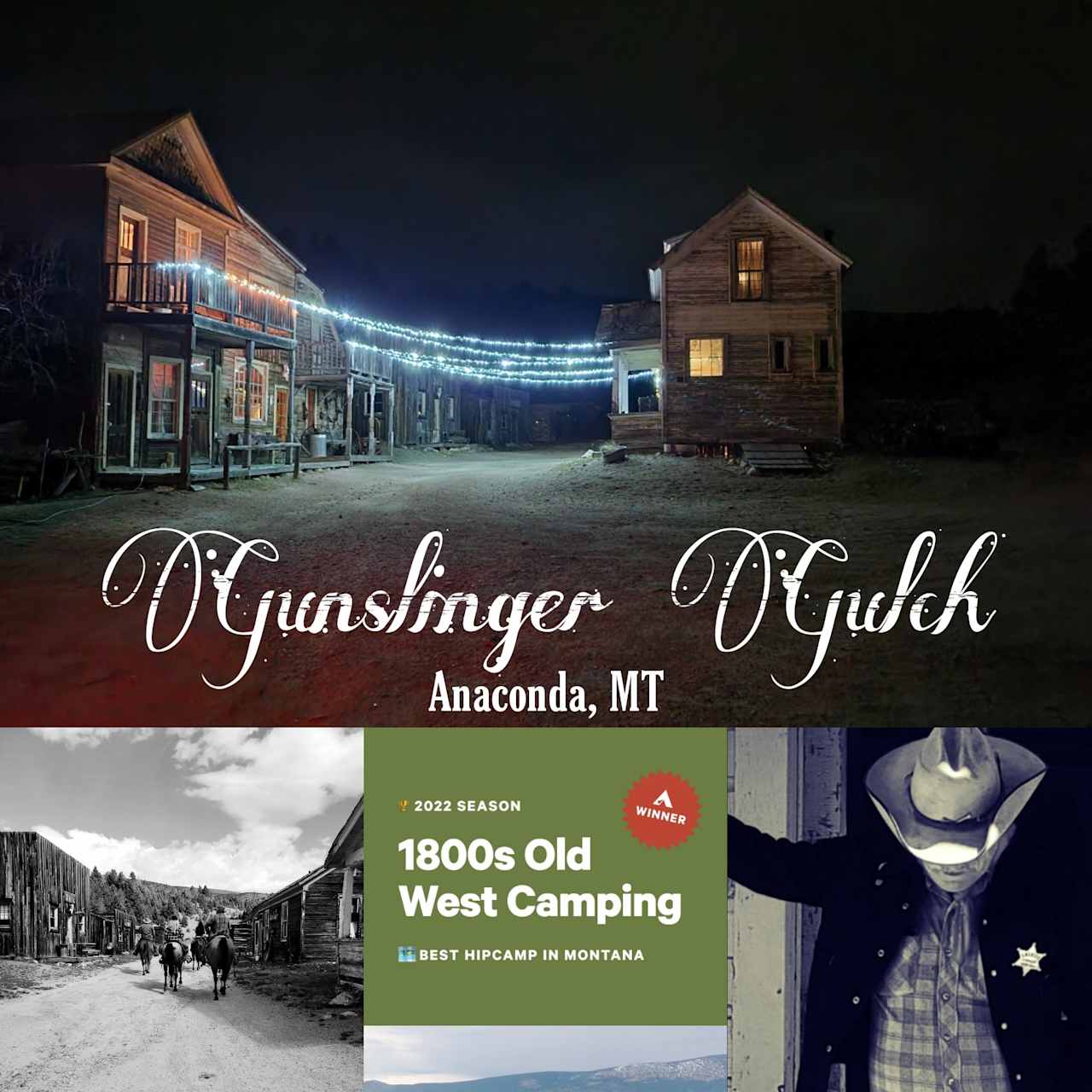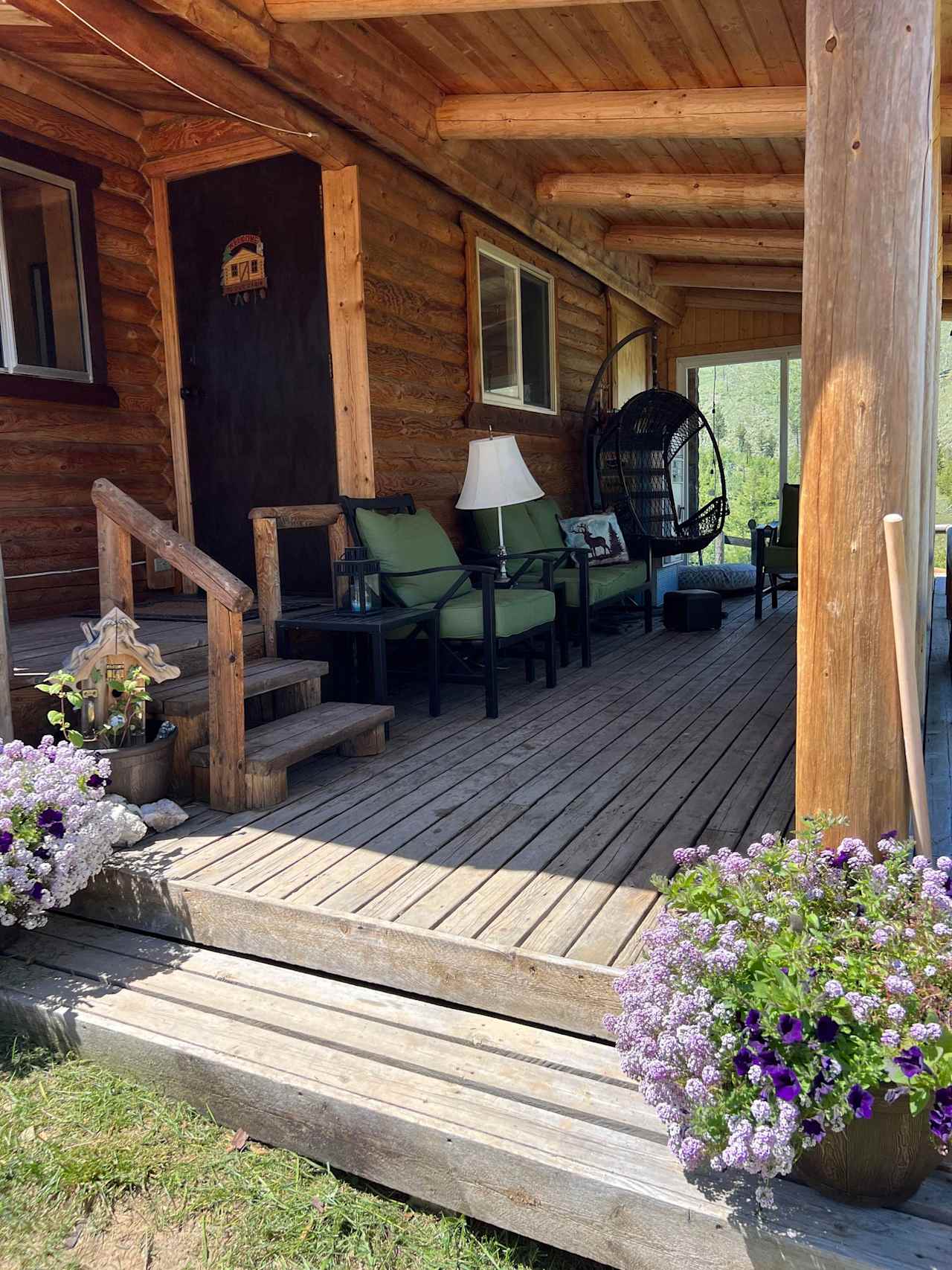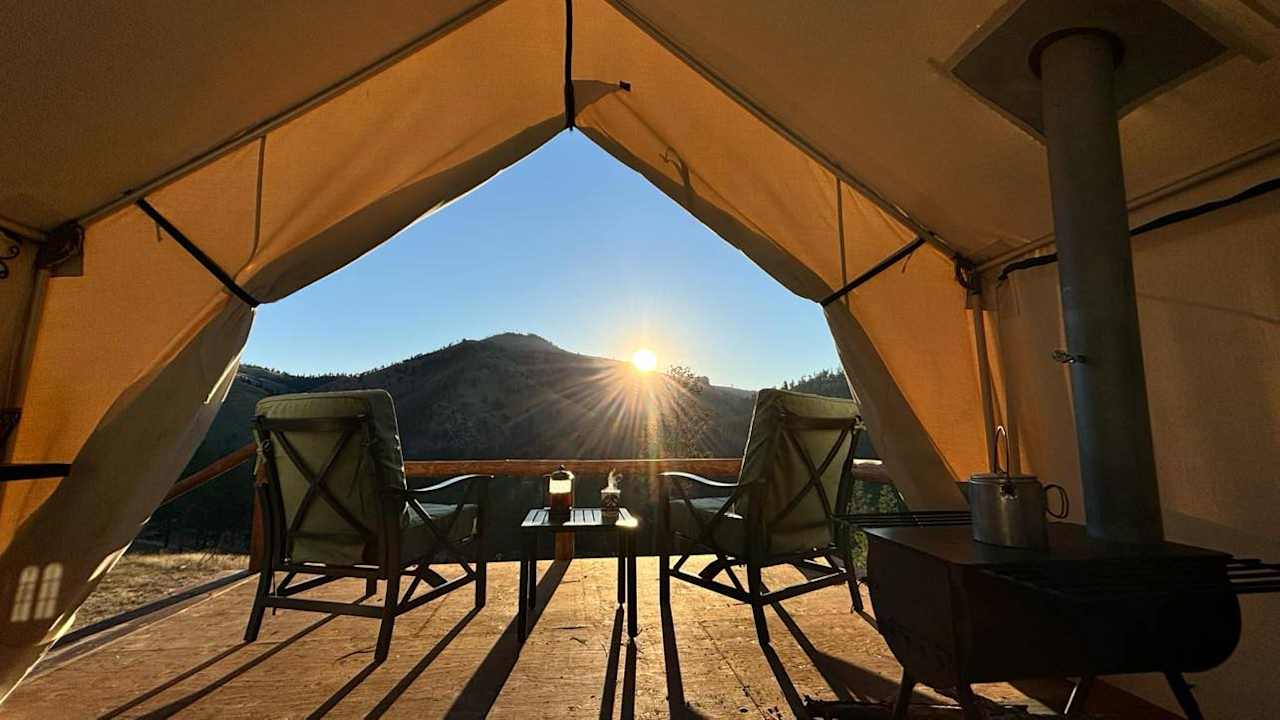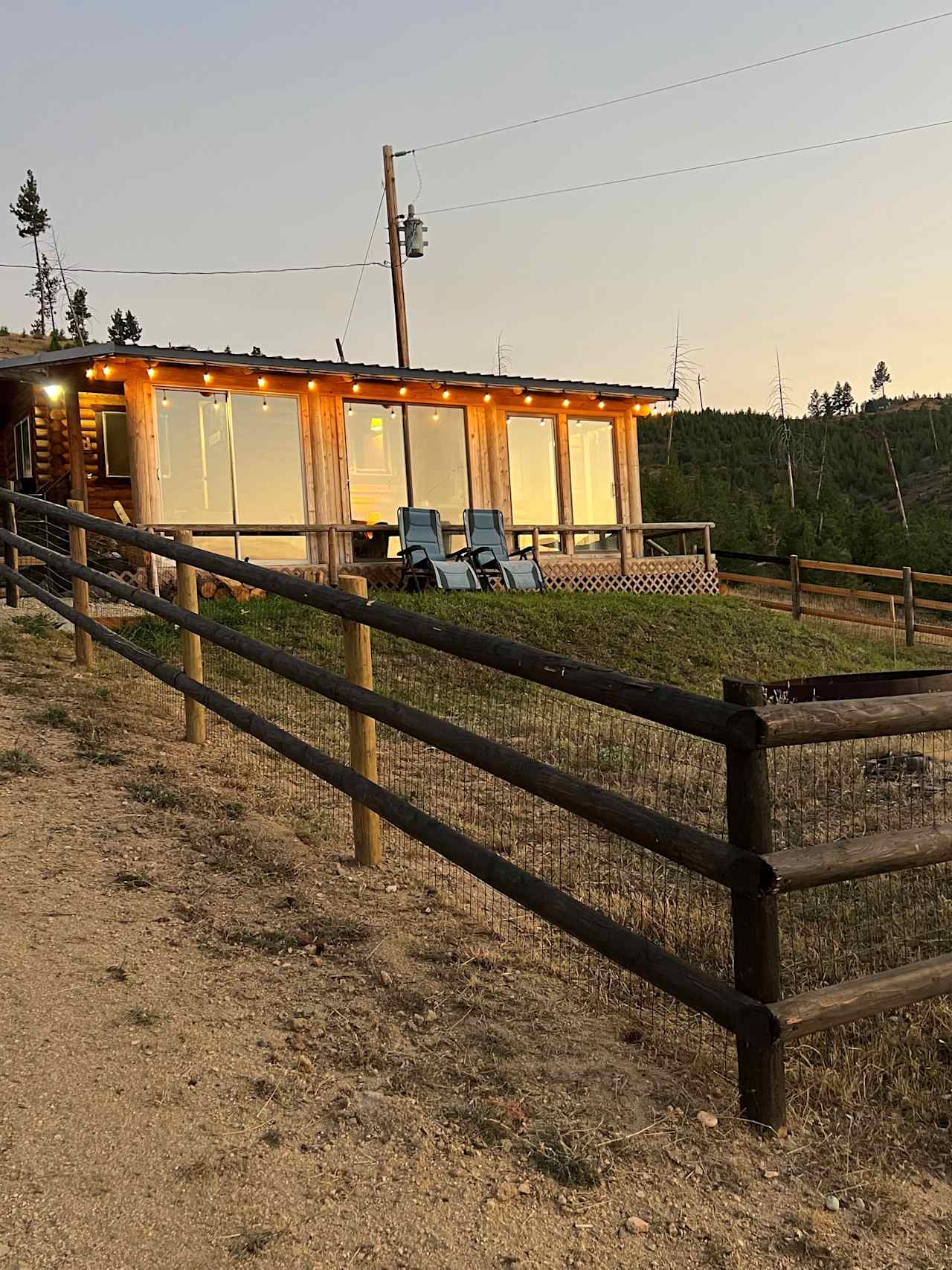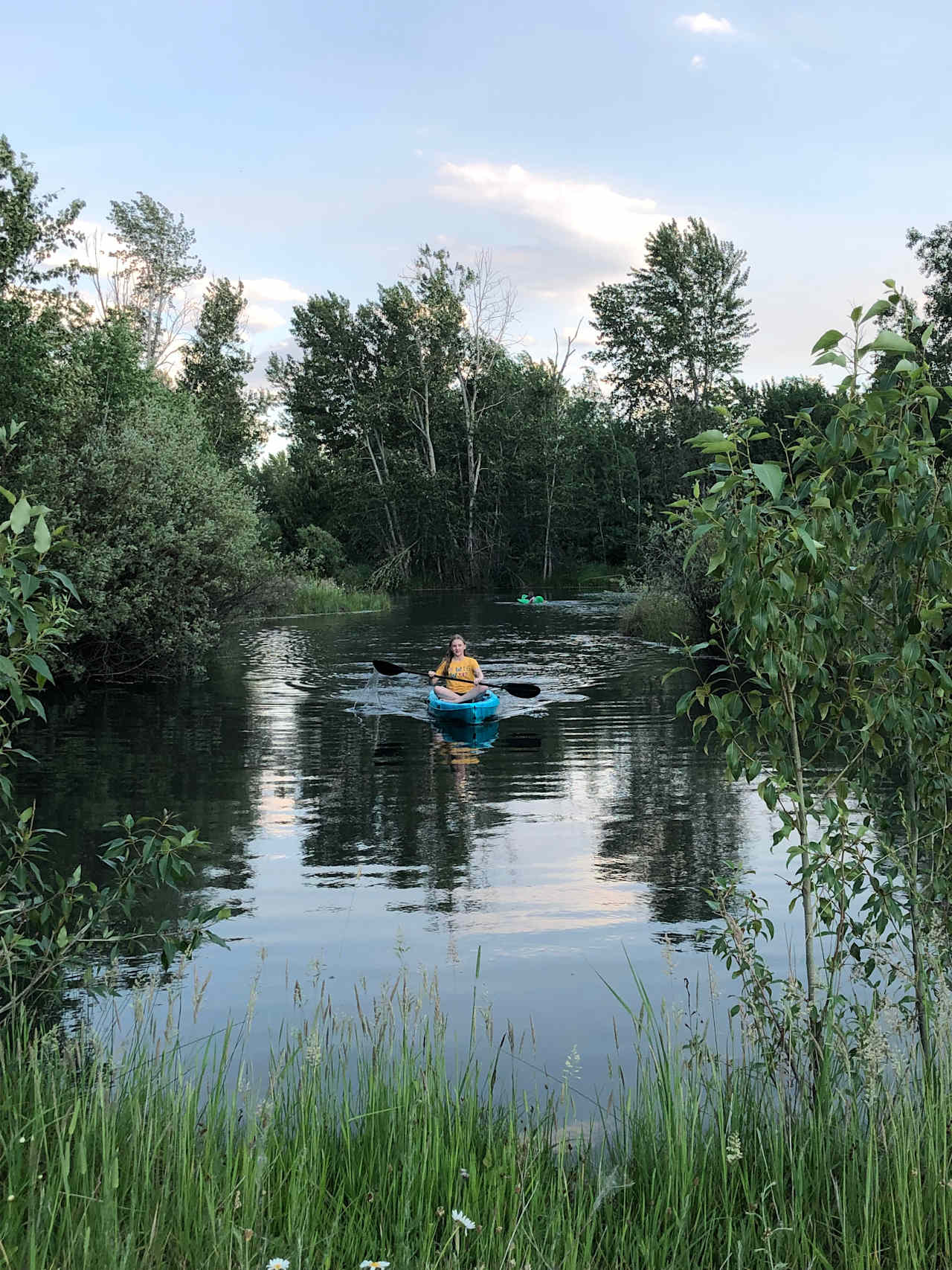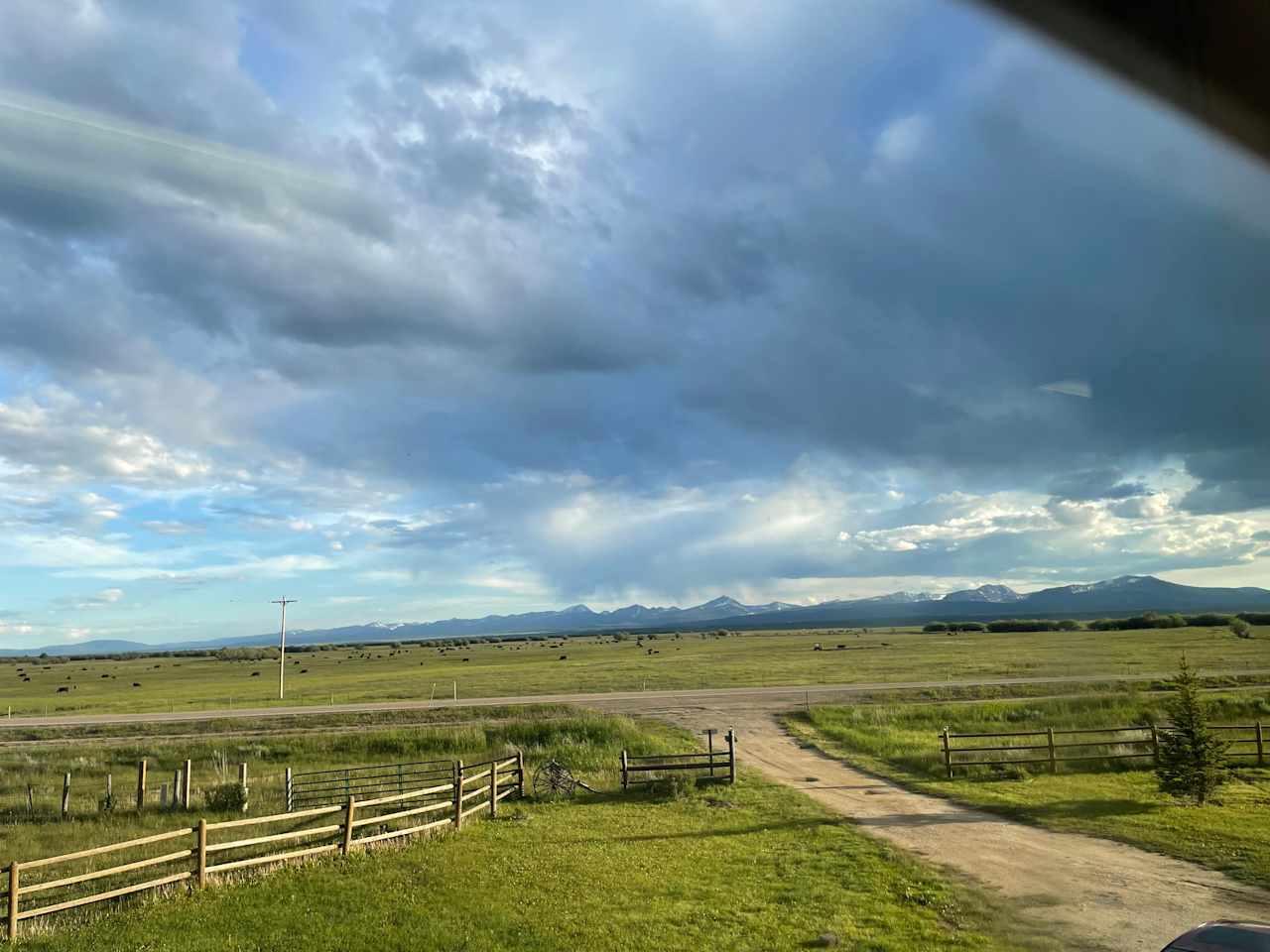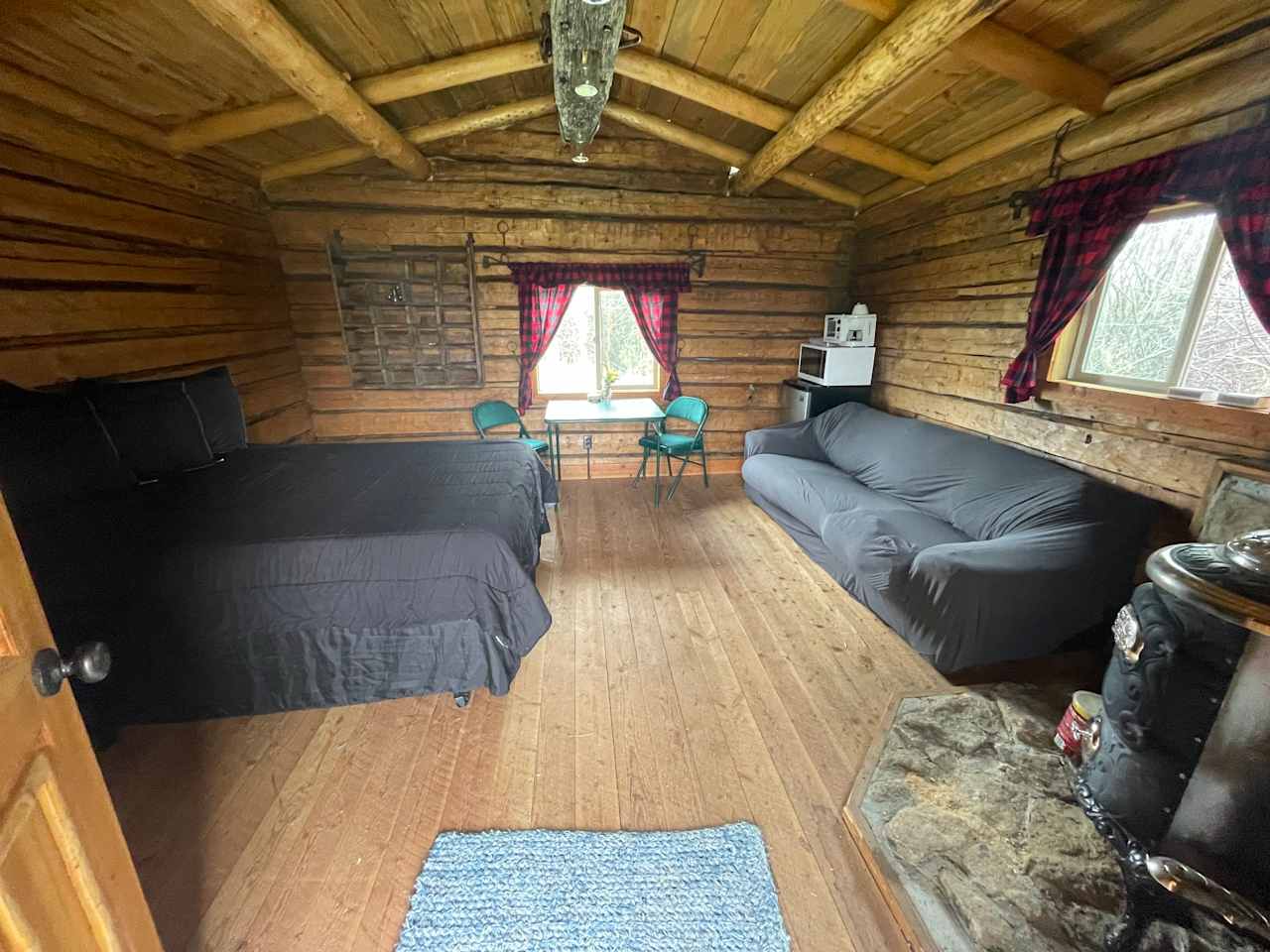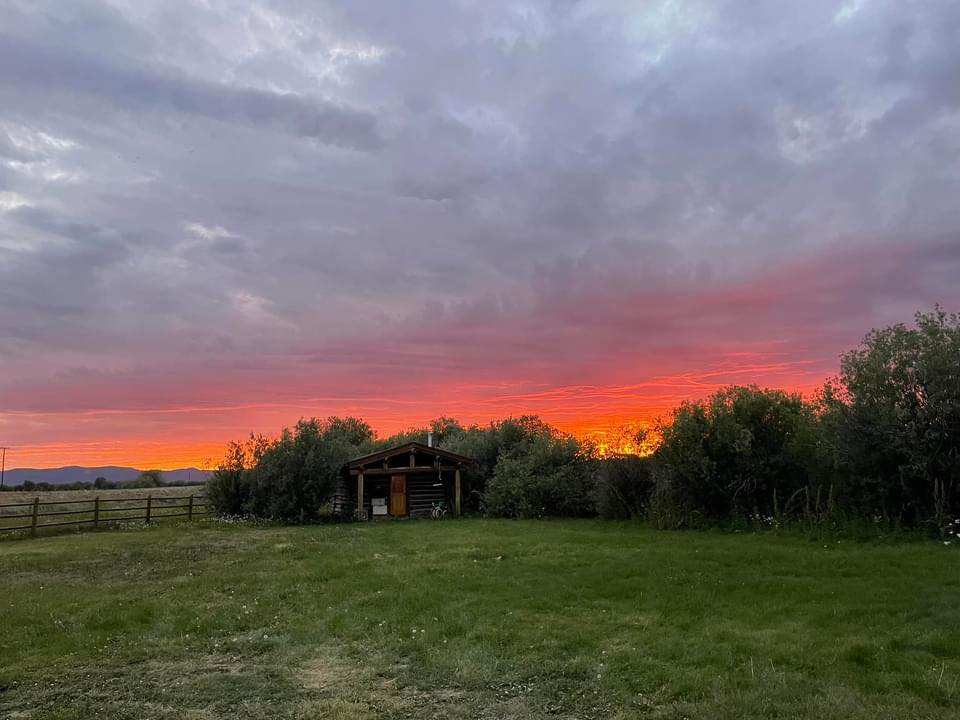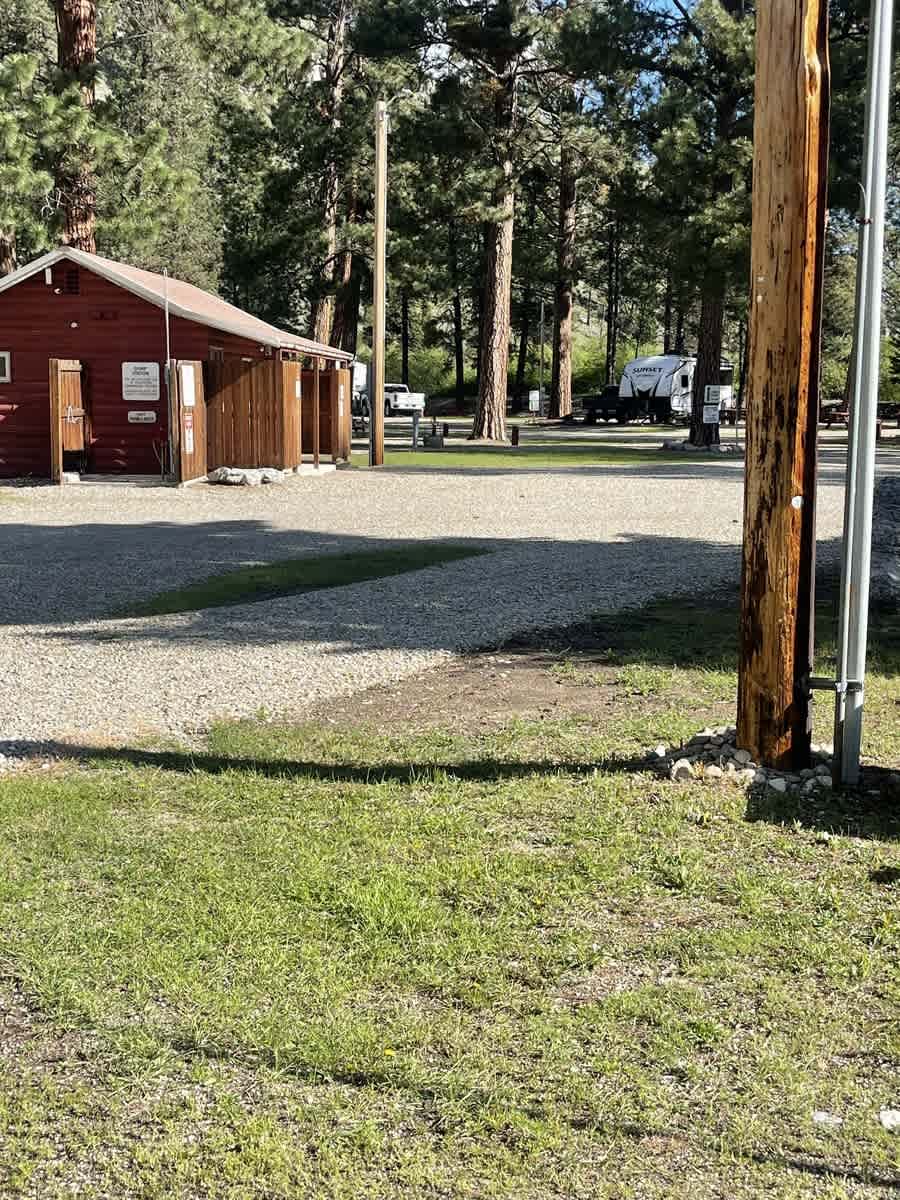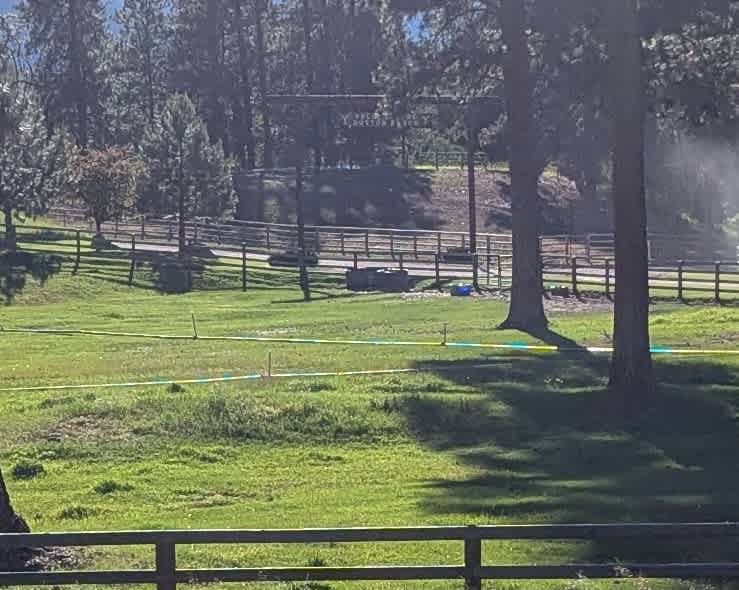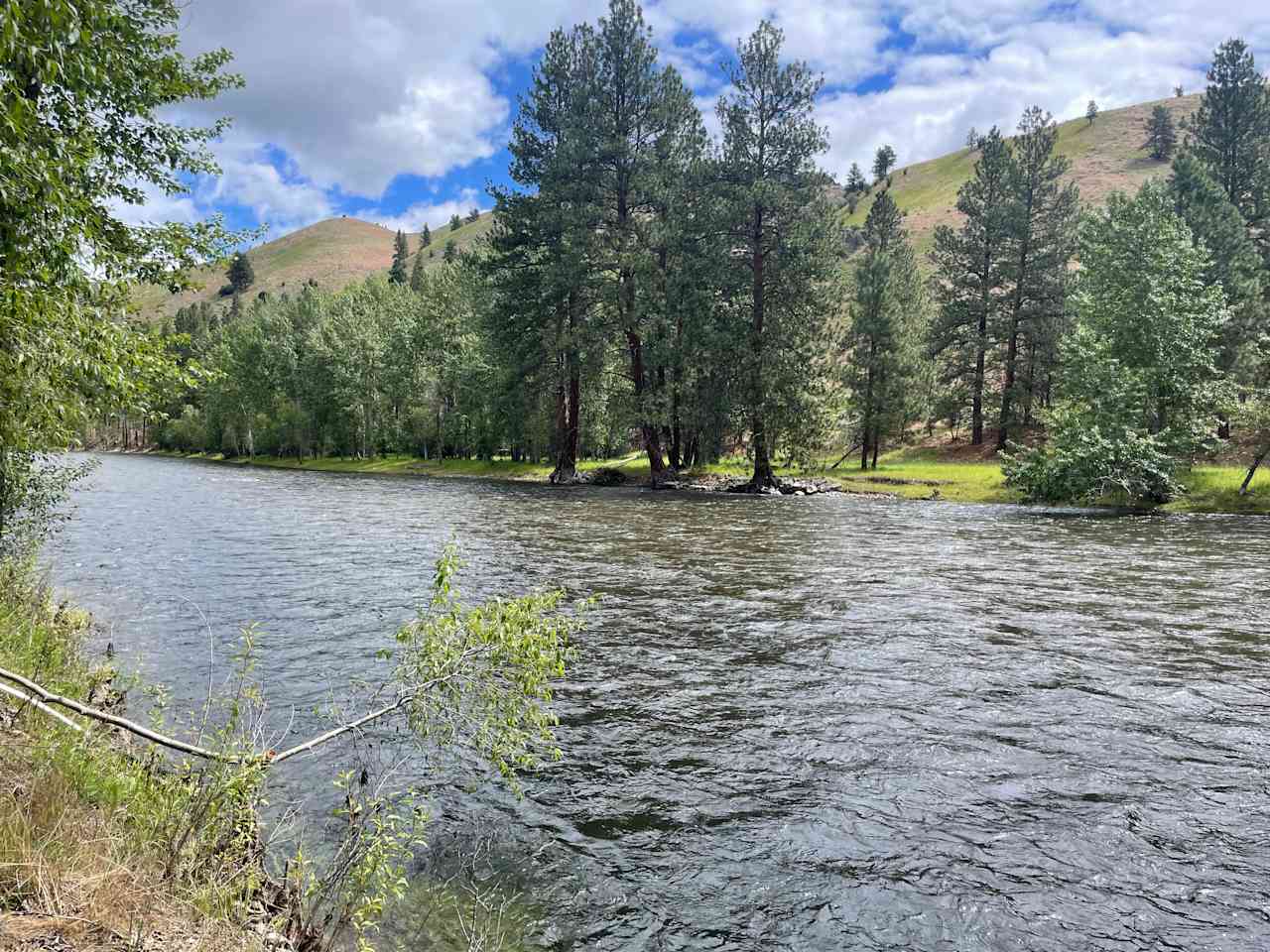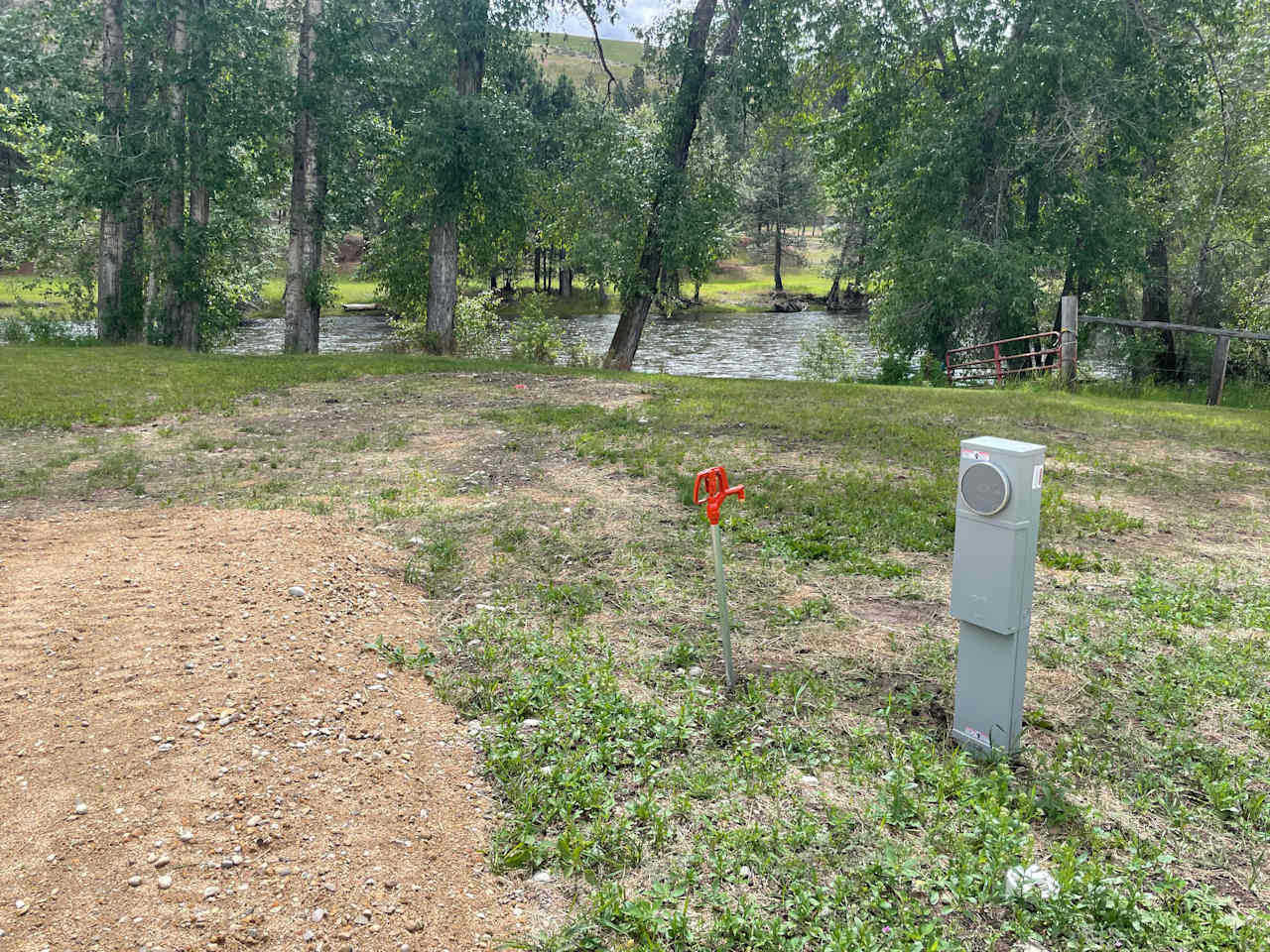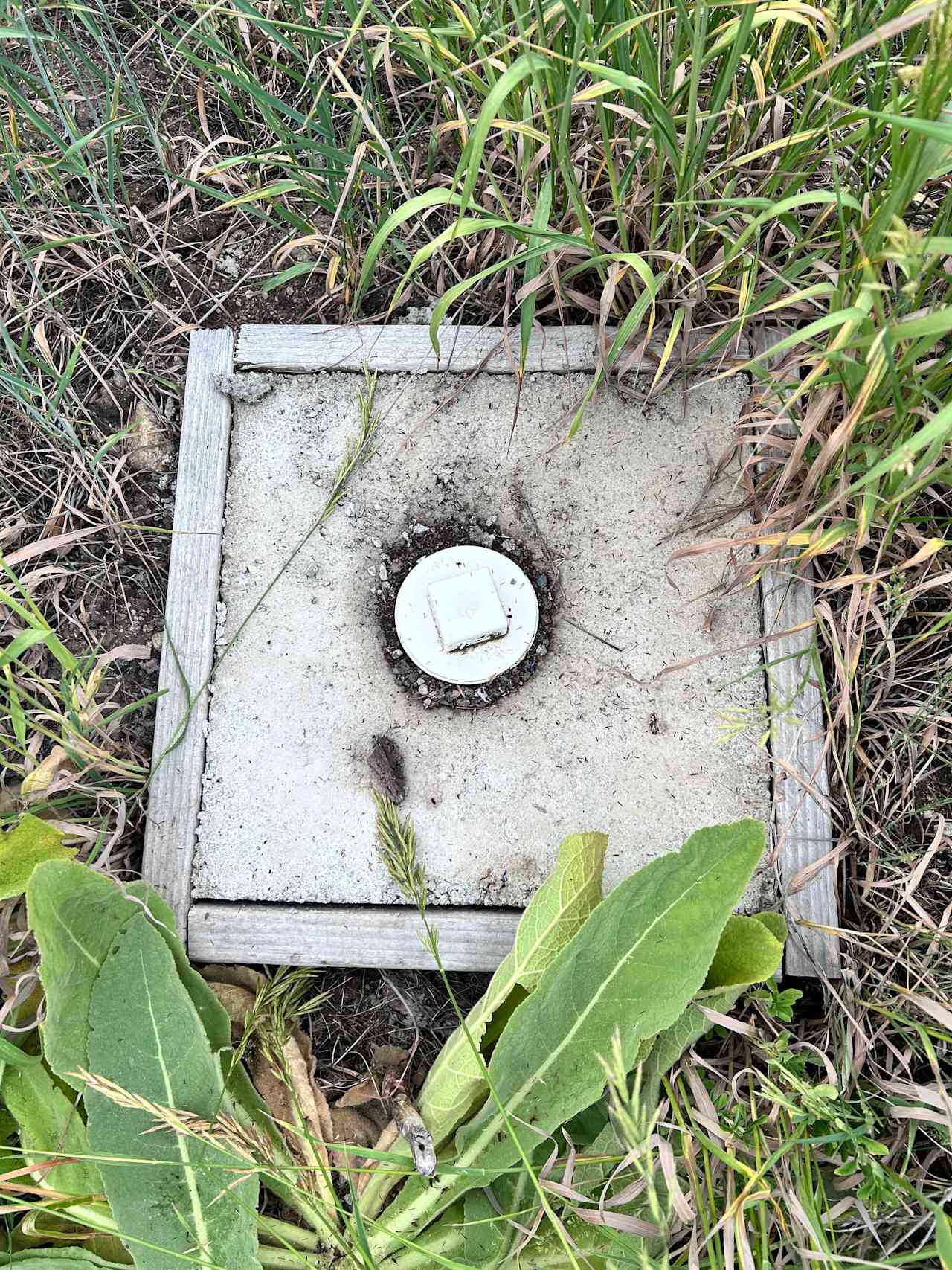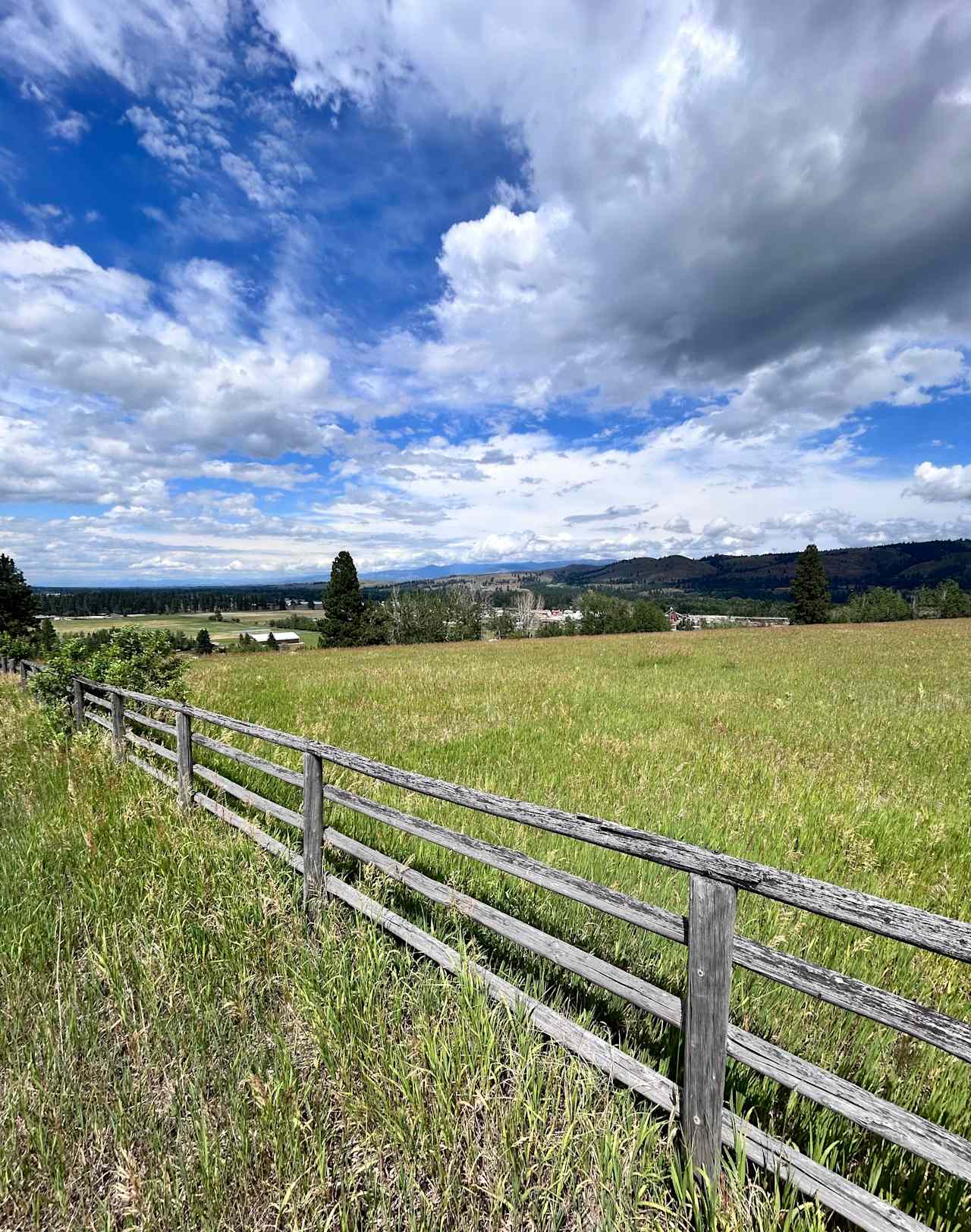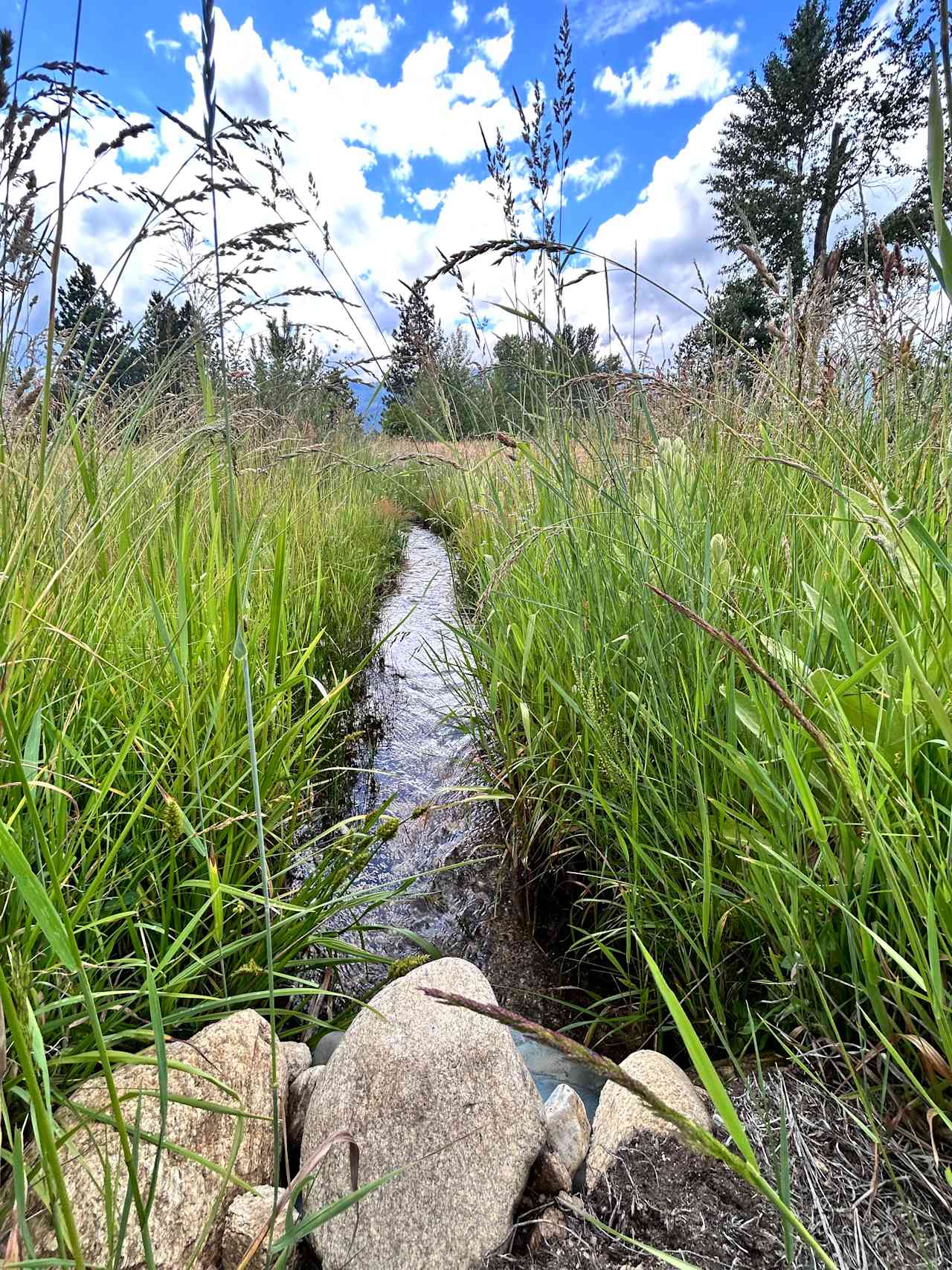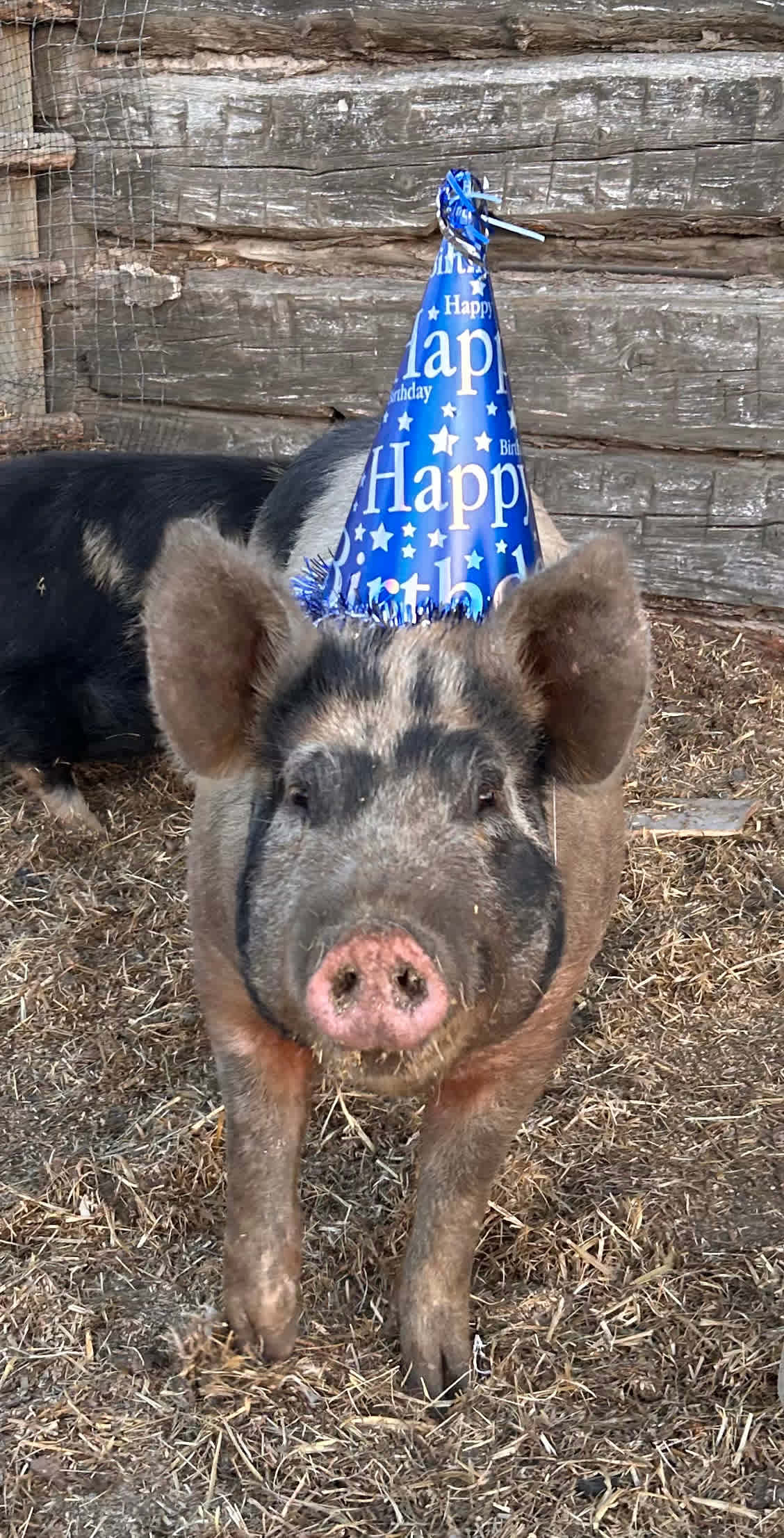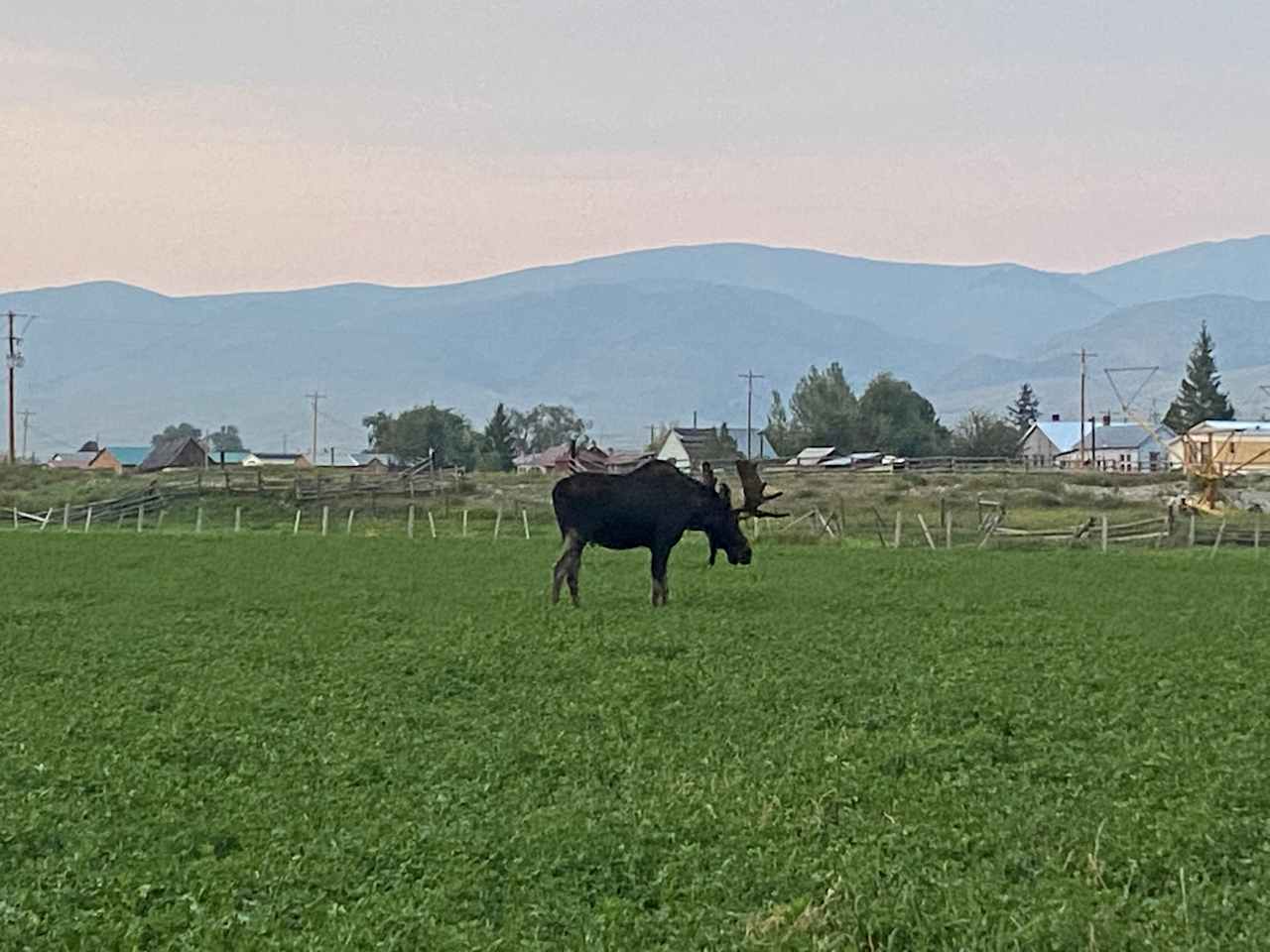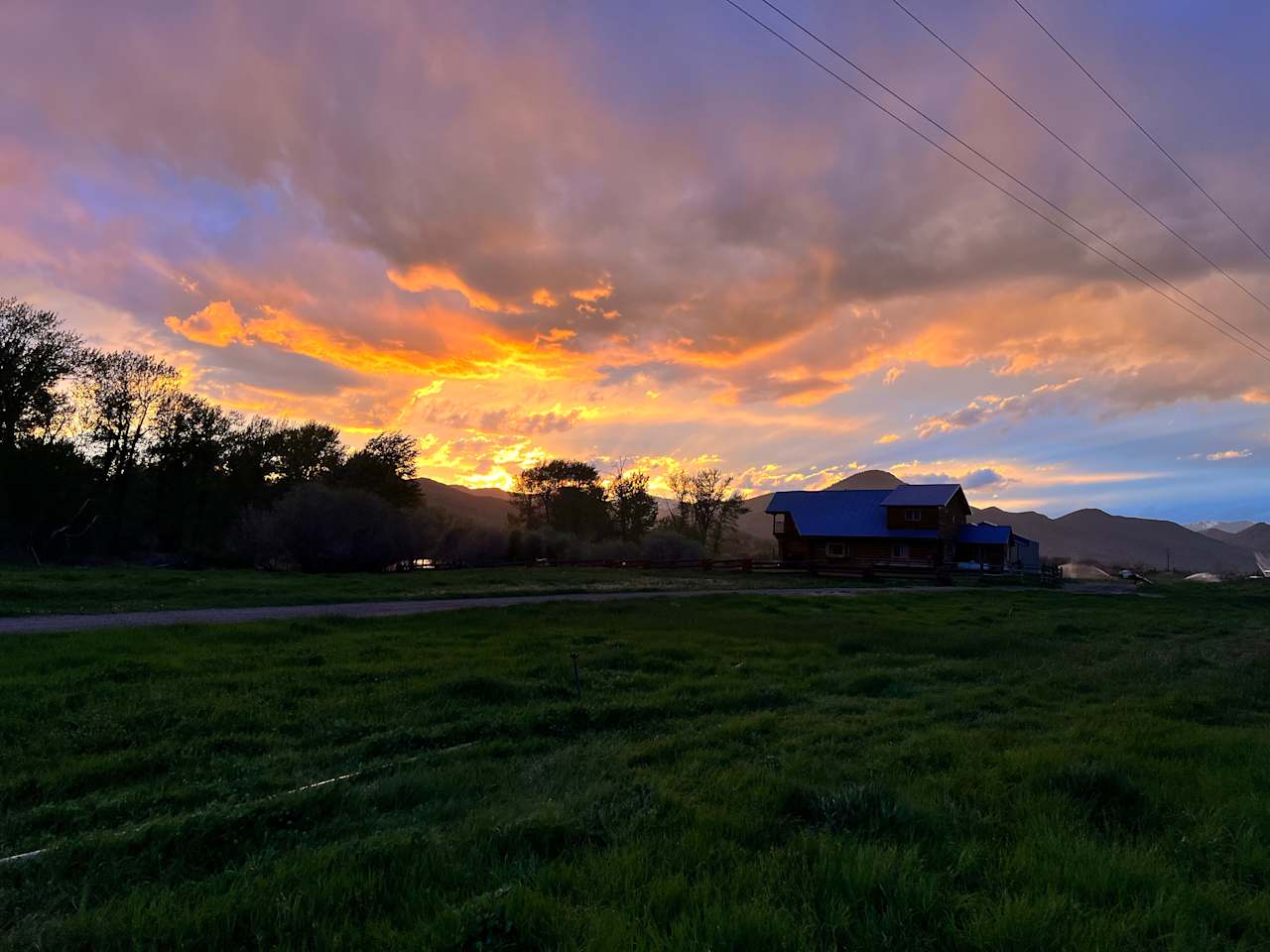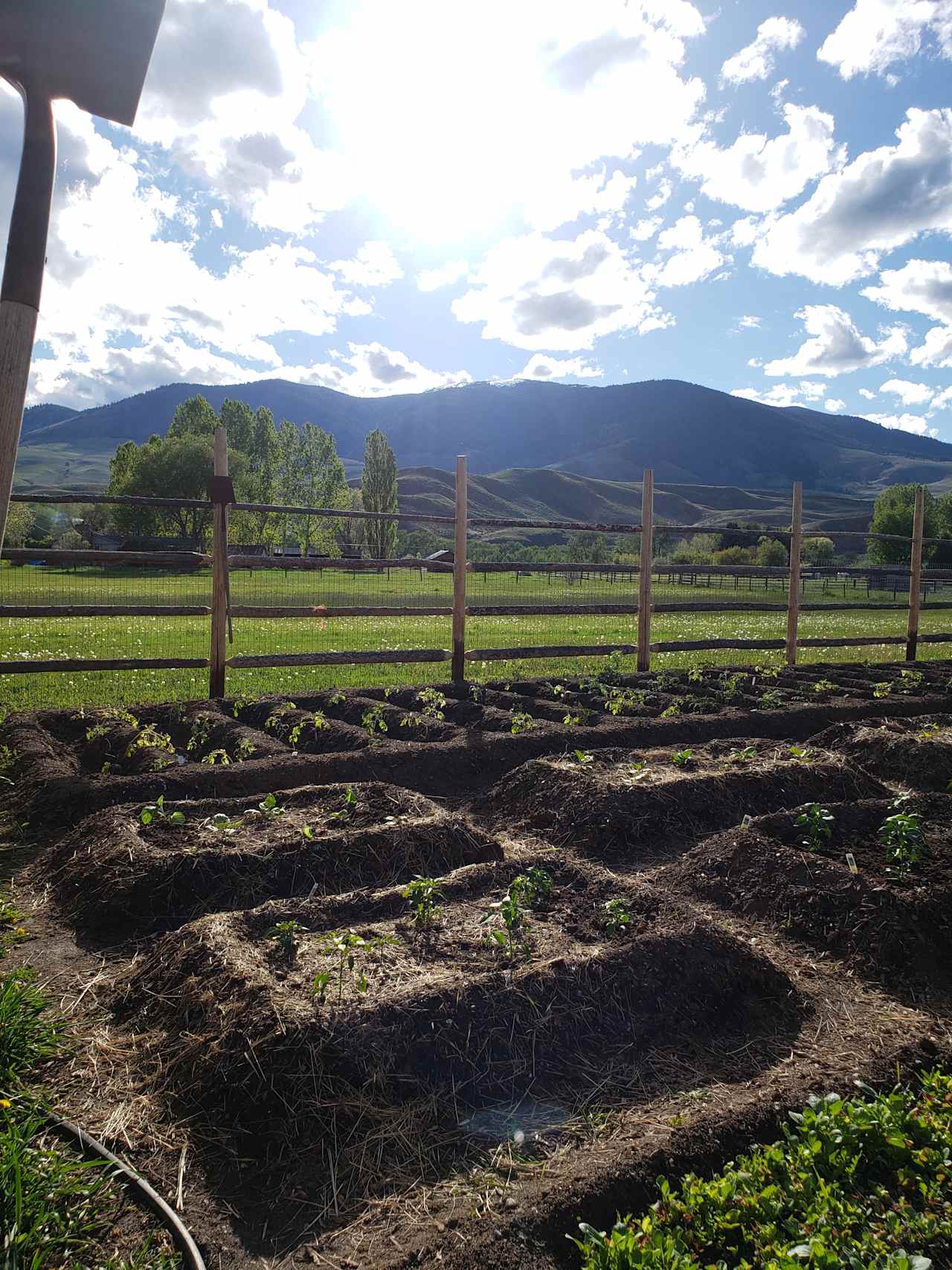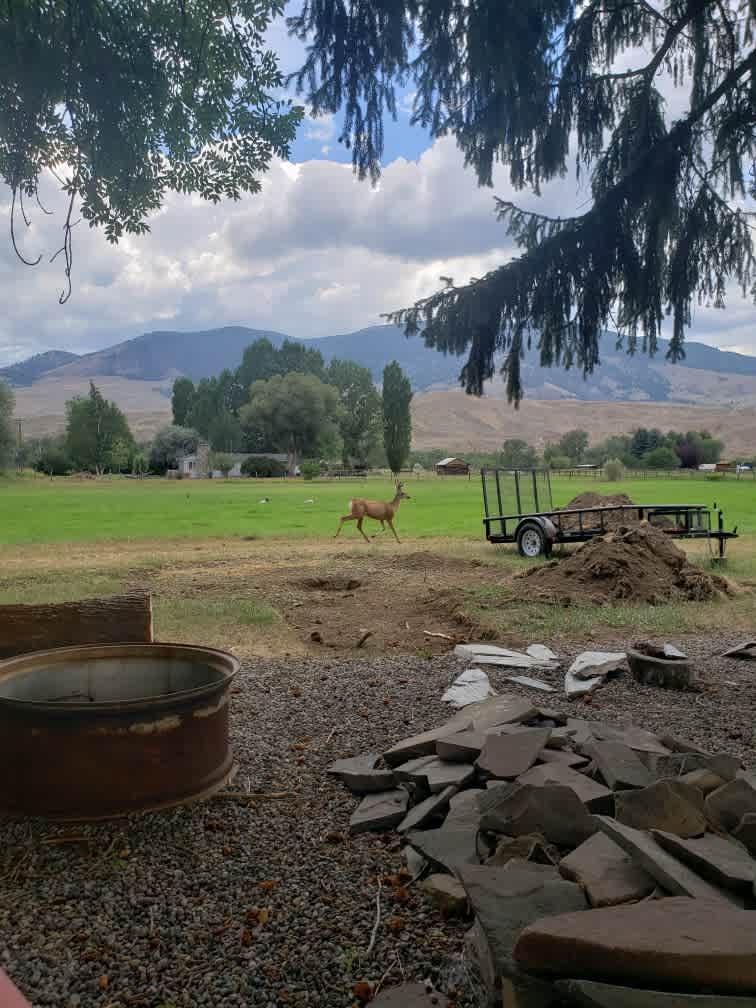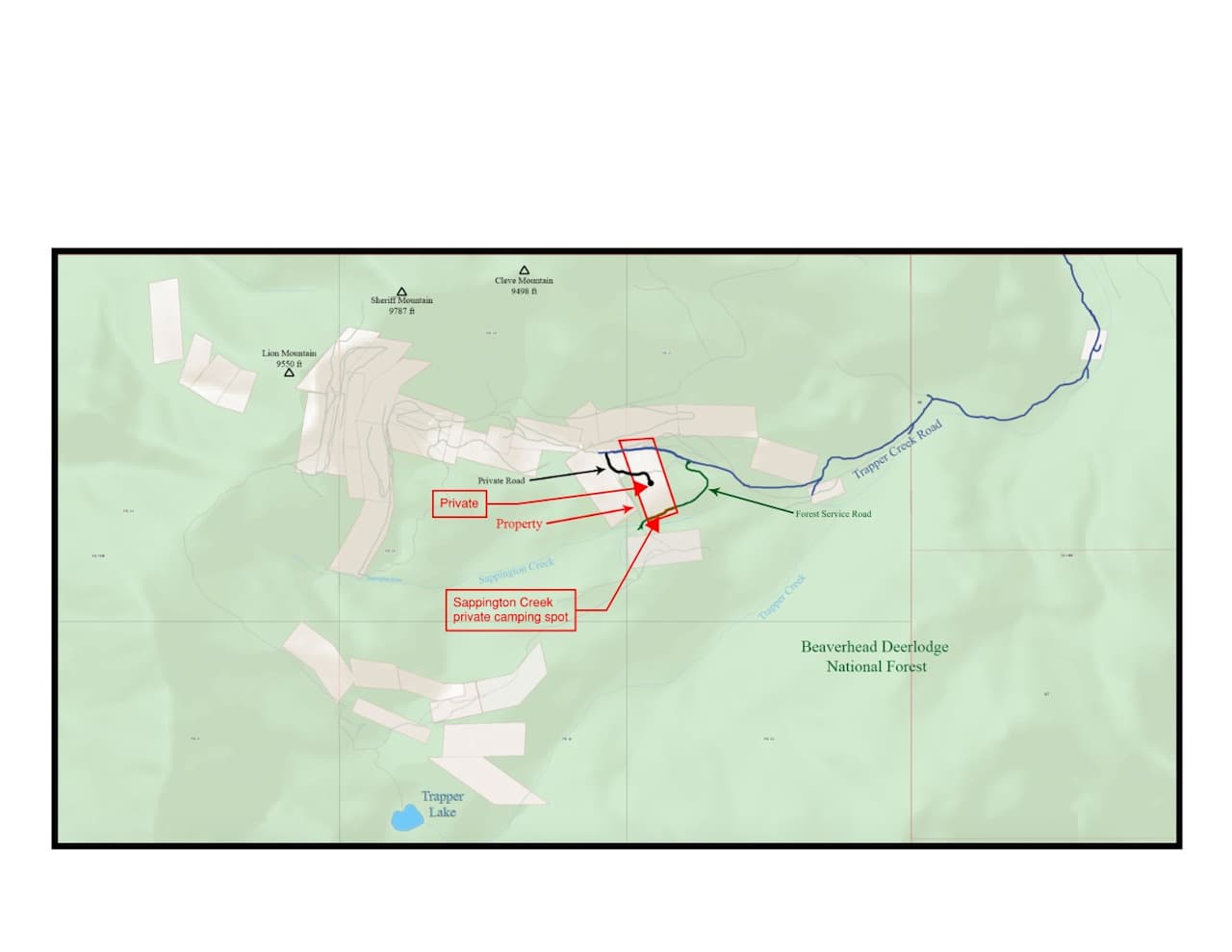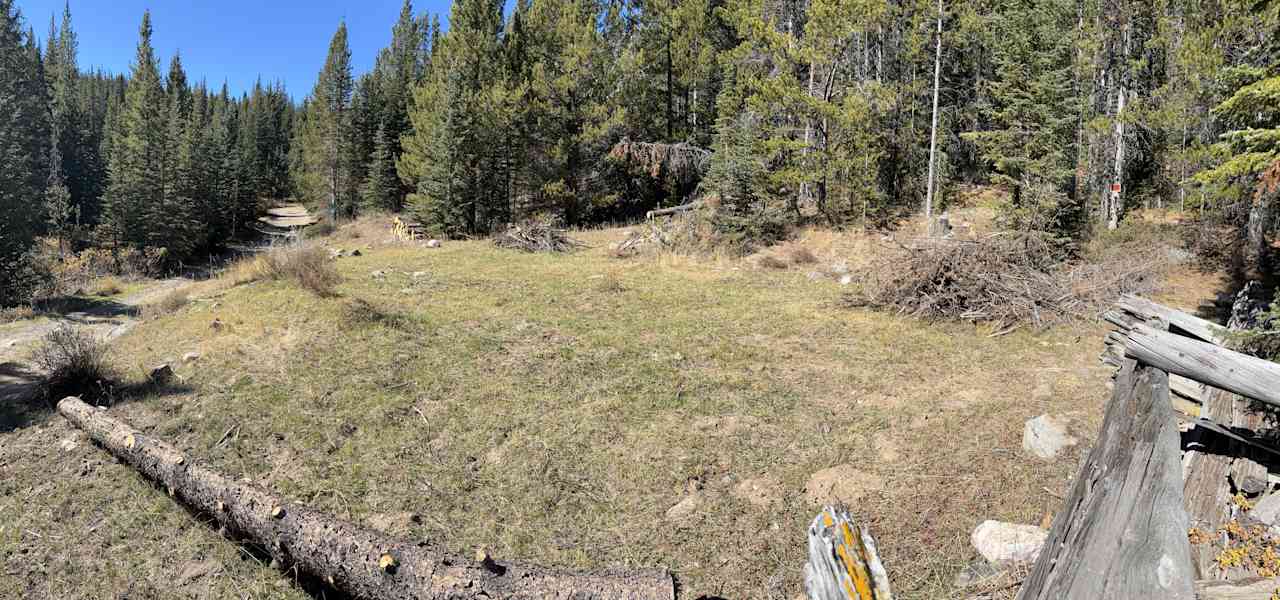The best camping near Big Hole National Battlefield
Discover the most magical spots to pitch your tent or park your rig on your next Big Hole National Battlefield adventure.
Popular ways to camp
Community favorites near Big Hole National Battlefield
Top-rated campgrounds reviewed by the Hipcamp community.
Top-rated campgrounds near Big Hole National Battlefield
The best camping near Big Hole National Battlefield guide
Overview
About
Chief Joseph and his band of Nez Perce were simply trying to make it to Canada. The U.S. Army was in hot pursuit. During a pre-dawn raid on Aug. 9, 1877, soldiers started firing into the Nez Perce encampment in Big Hole, Montana.
The group of Native Americans thought the cavalry was several days behind them. That's why they didn't post sentinels to guard the camp. Chief Joseph and his people awoke to gunfire and fled as fast as possible. Unfortunately, their flight only delayed the inevitable. Chief Joseph surrendered two months later mere miles from the Canadian border.
Big Hole is a wondrously natural scenic area. There's a broad plain with mountains in the distance. You might glimpse an eagle or hawk flying overhead. Towards sunset or sunrise, deer might poke their heads up from the tall grass. It's hard to imagine that gunfire disturbed this tranquil area during a tumultuous time in American history.
Start your tour at the visitor's center where photographs and exhibits put the Battle of Big Hole in perspective. Artifacts include personal belongings of some of the participants in the battle. A 26-minute video explains the events of the battle and why it happened.
Walking trails take you to various spots. Discover the Nez Perce camp, the siege area, and the Howitzer capture spot. Each area outlines how the battle progressed. Hiking to these points takes about an hour.
While you're trekking through Montana's wilderness, stop by this historic place. Ranger-led programs during the summer help you visualize what happened here. Every year on the anniversary of the battle, members of the Nez Perce tribe pay tribute to their fallen and survivors in a solemn ceremony.
- Big Hole National Battlefield
